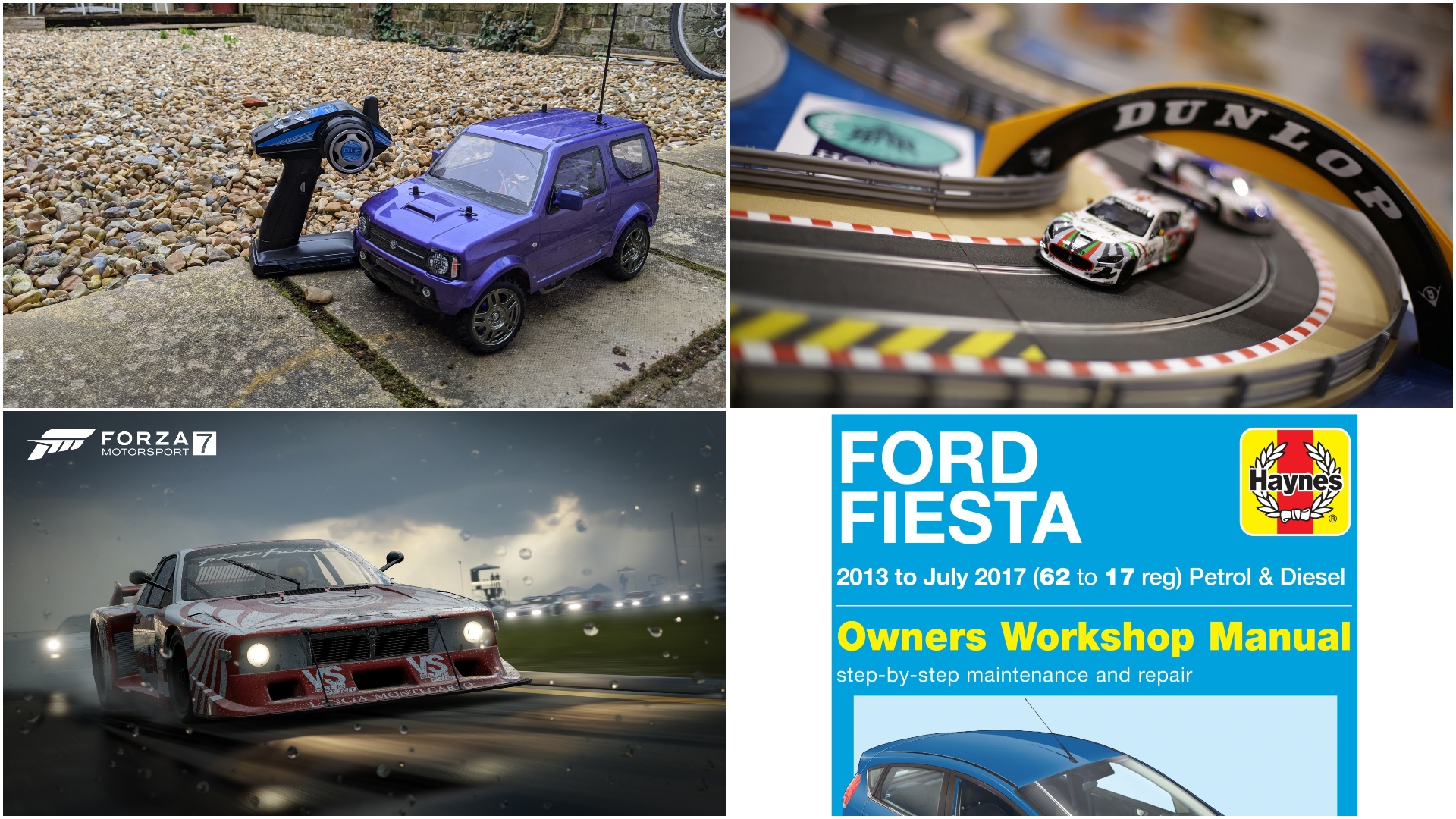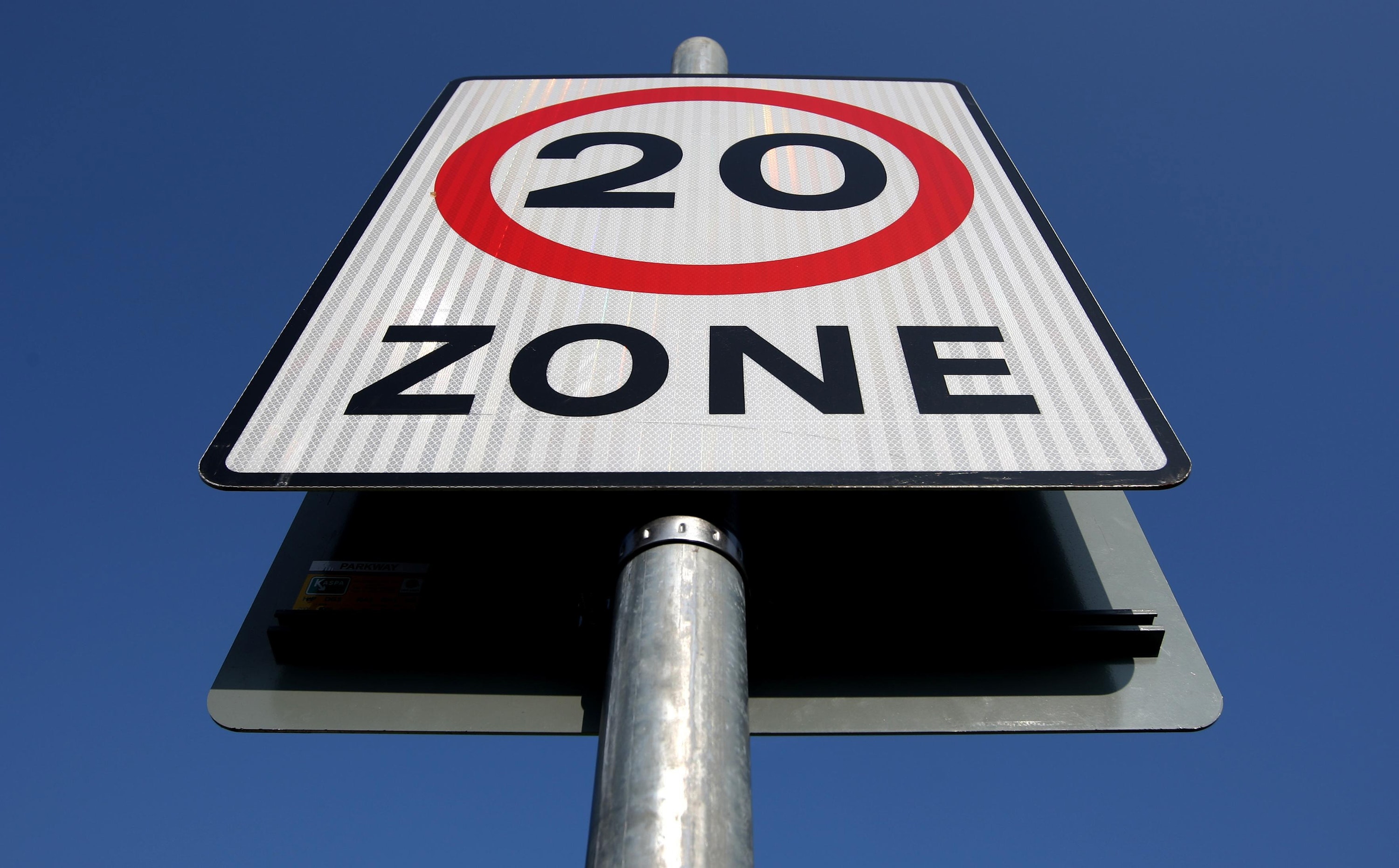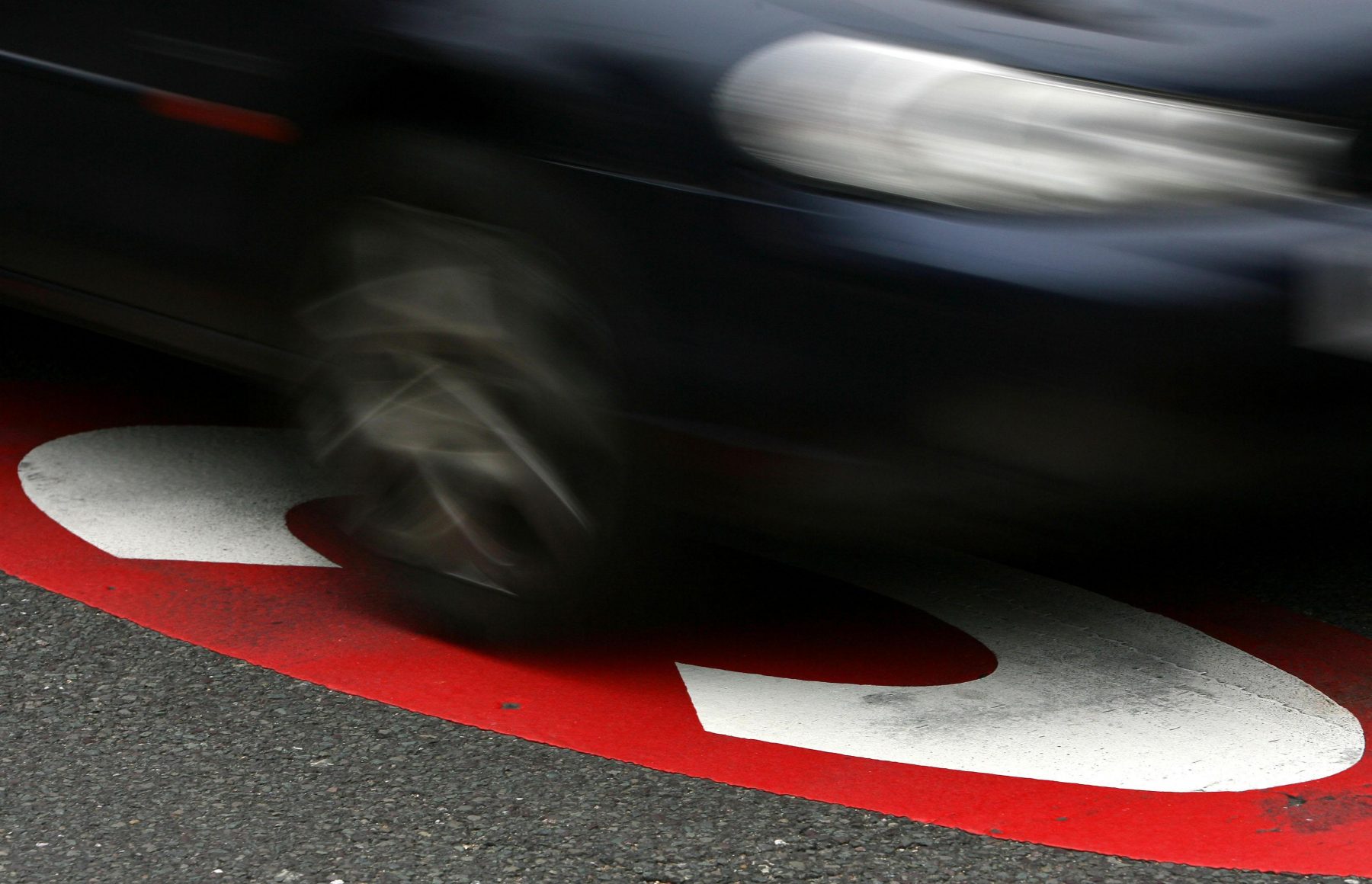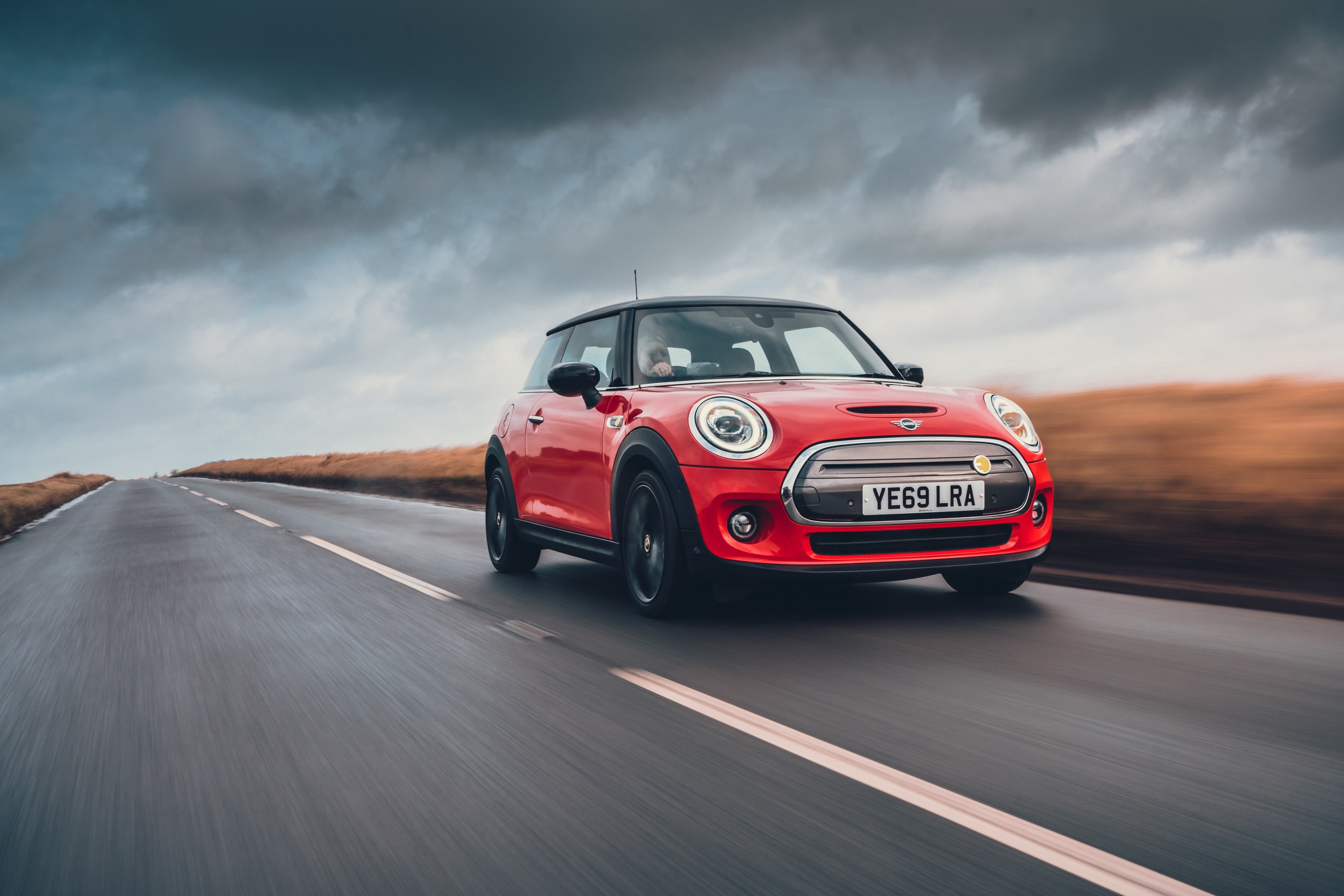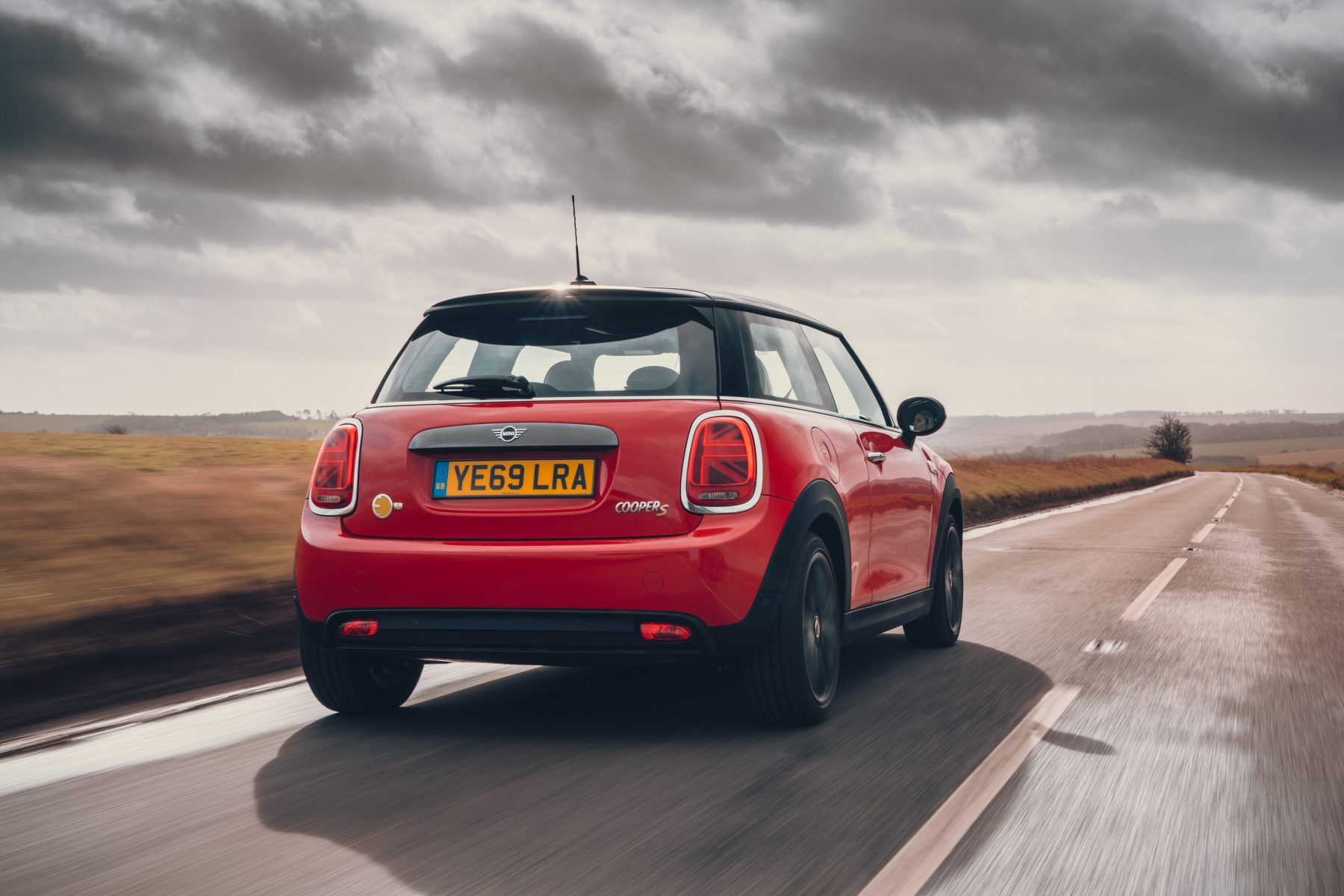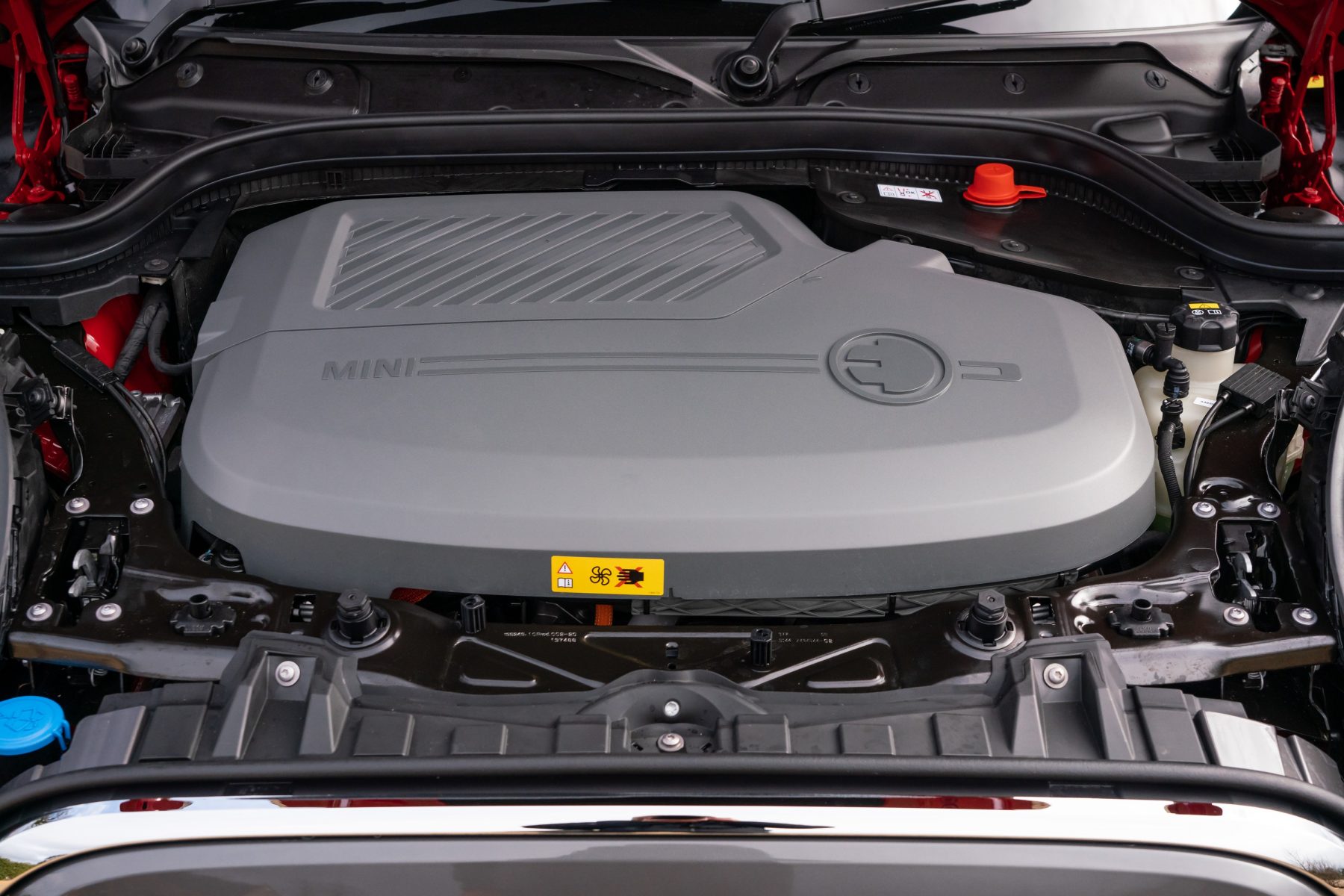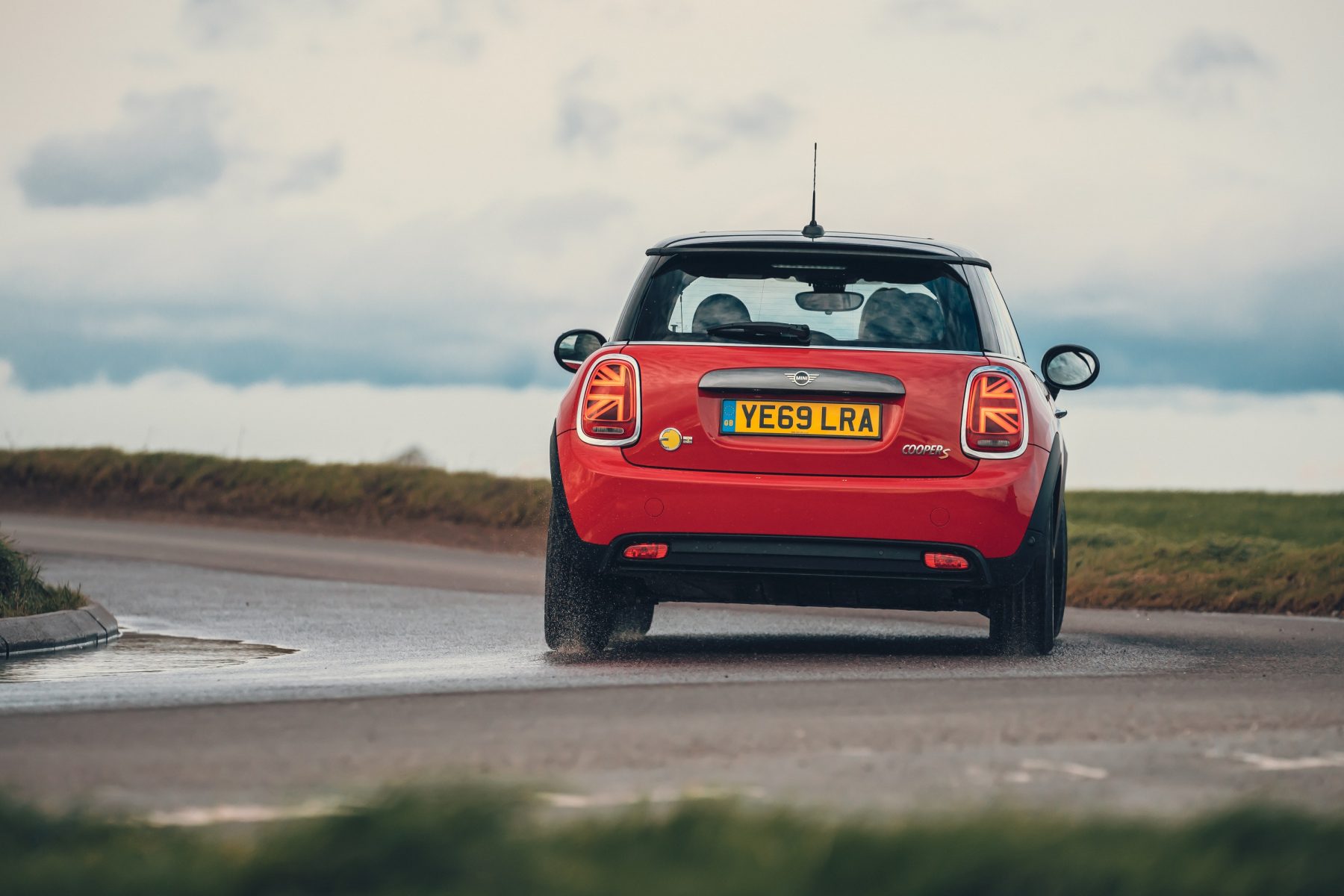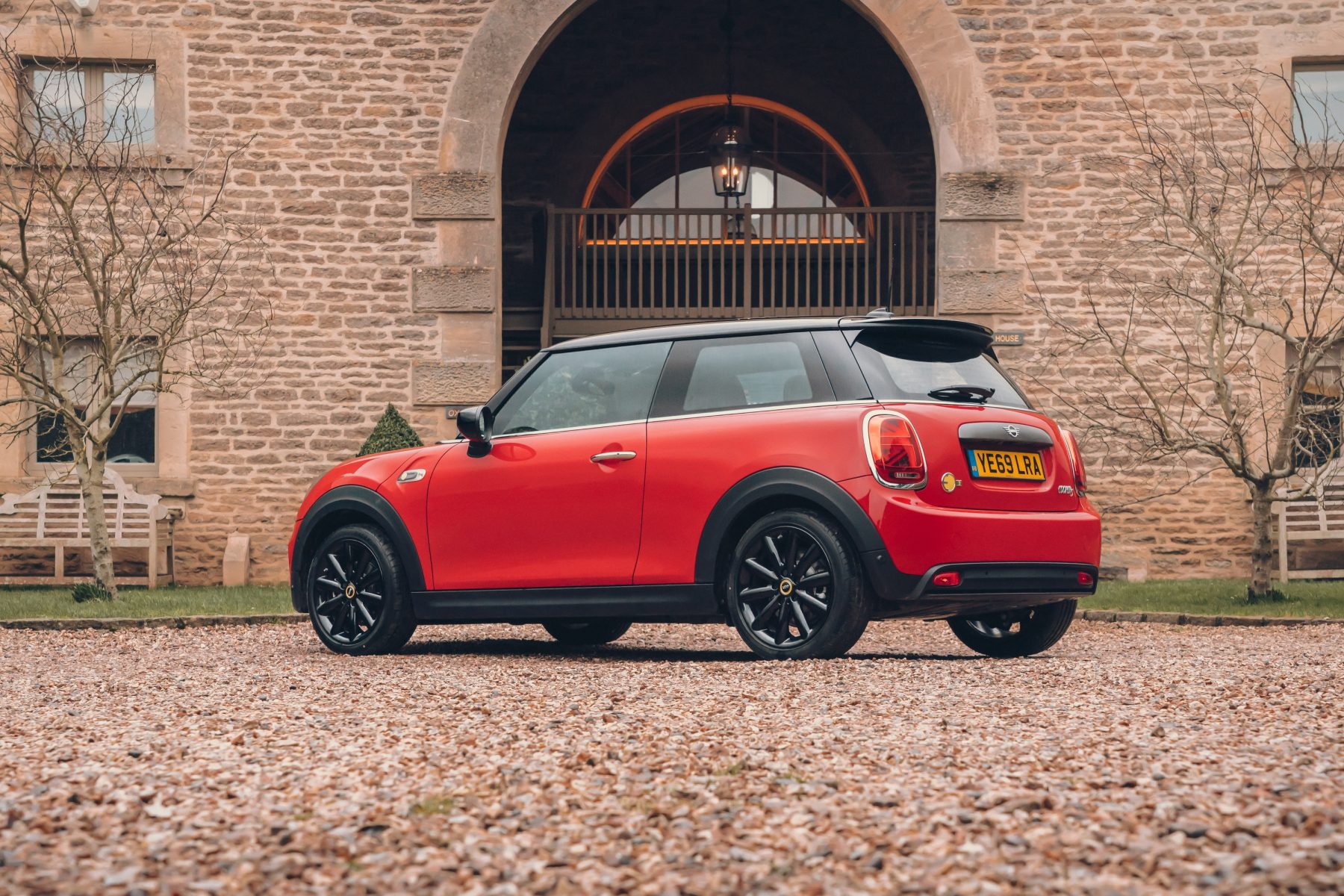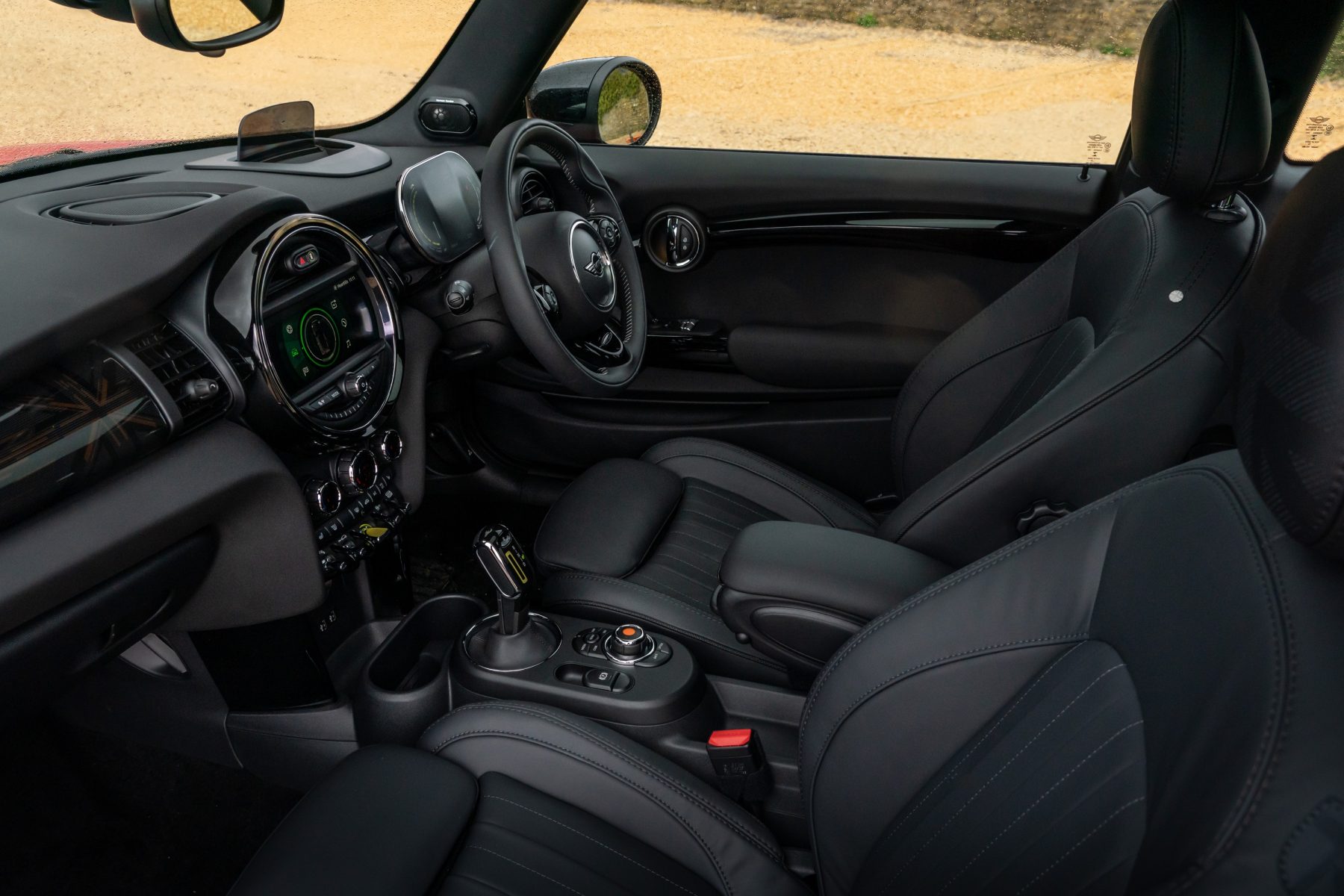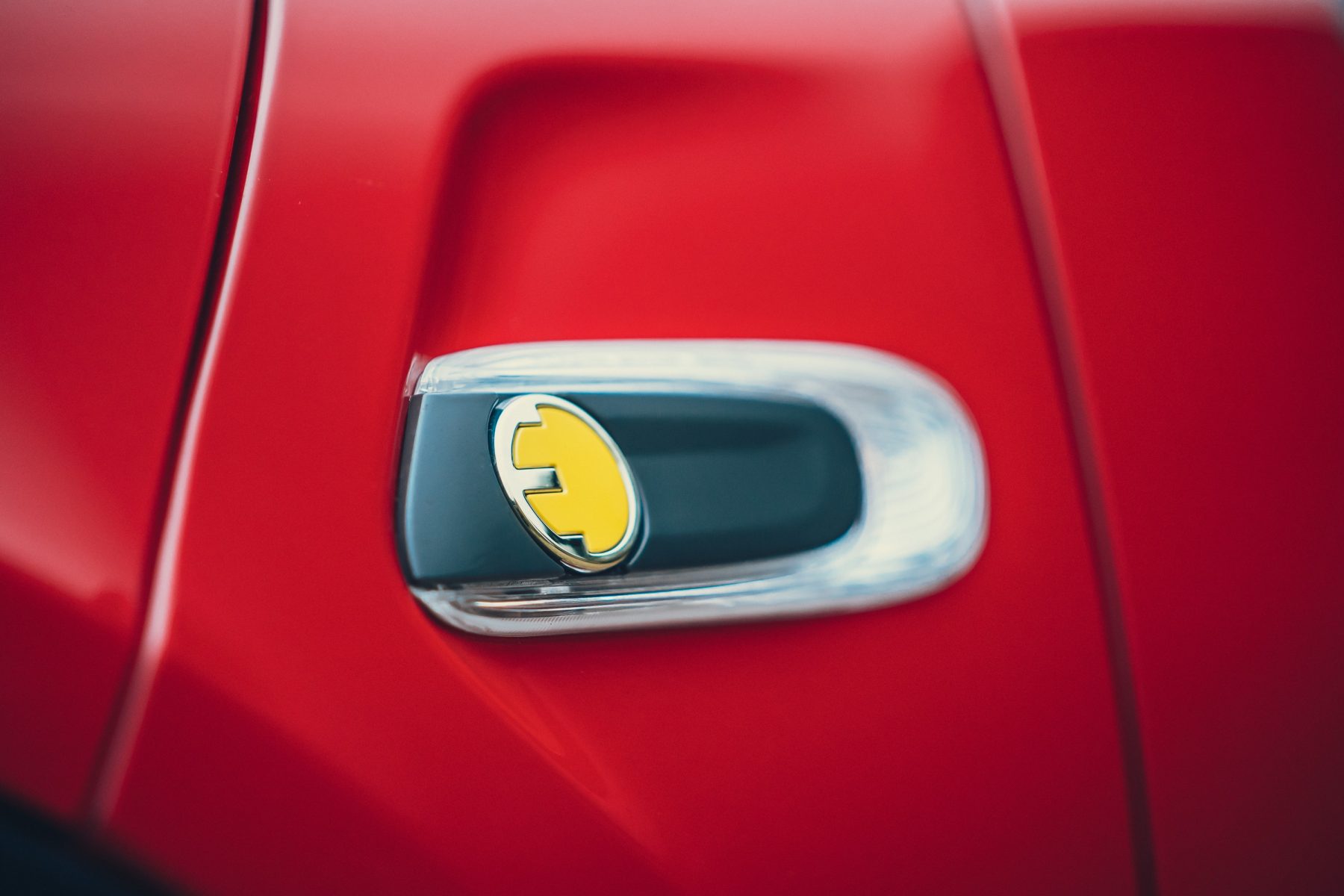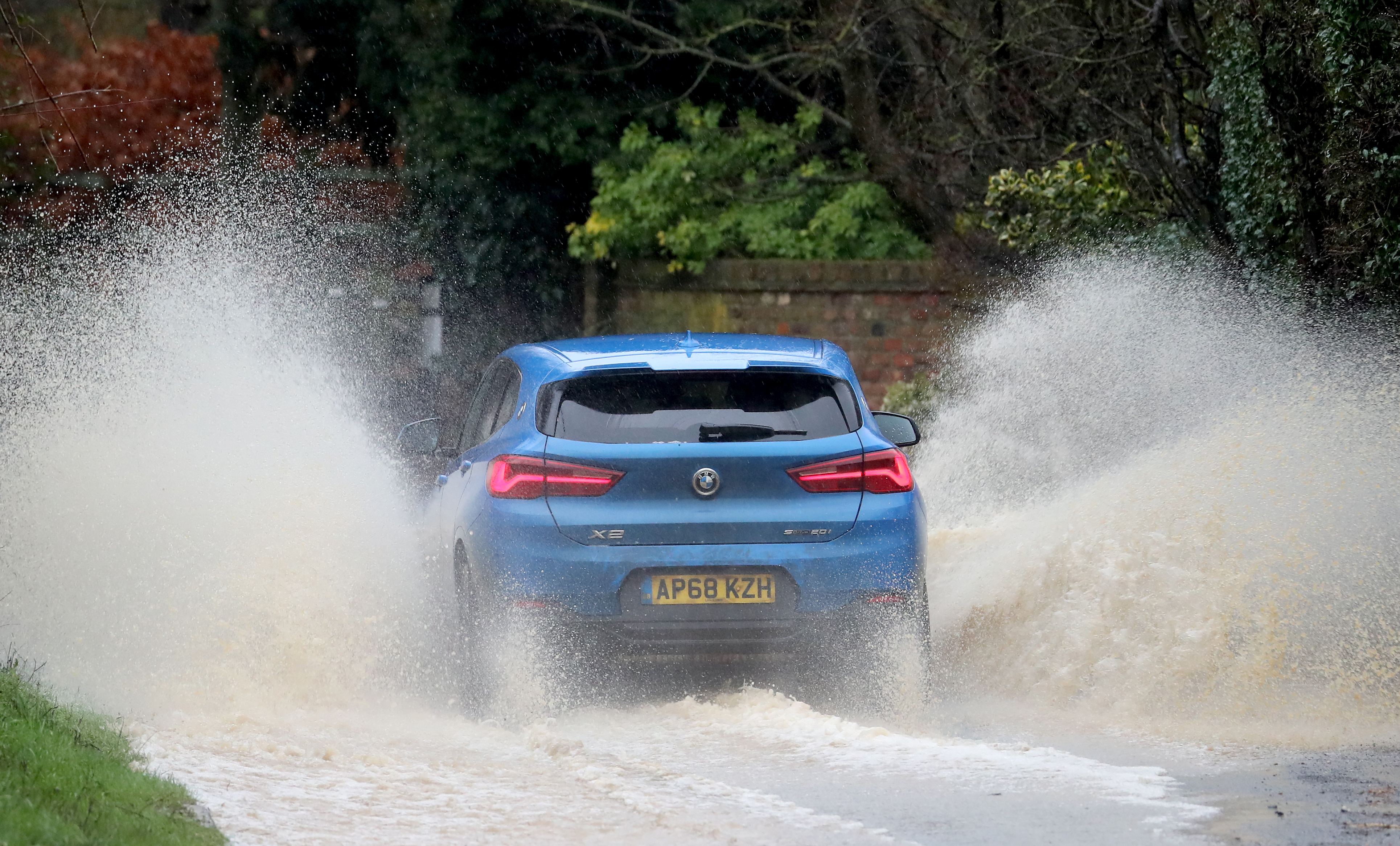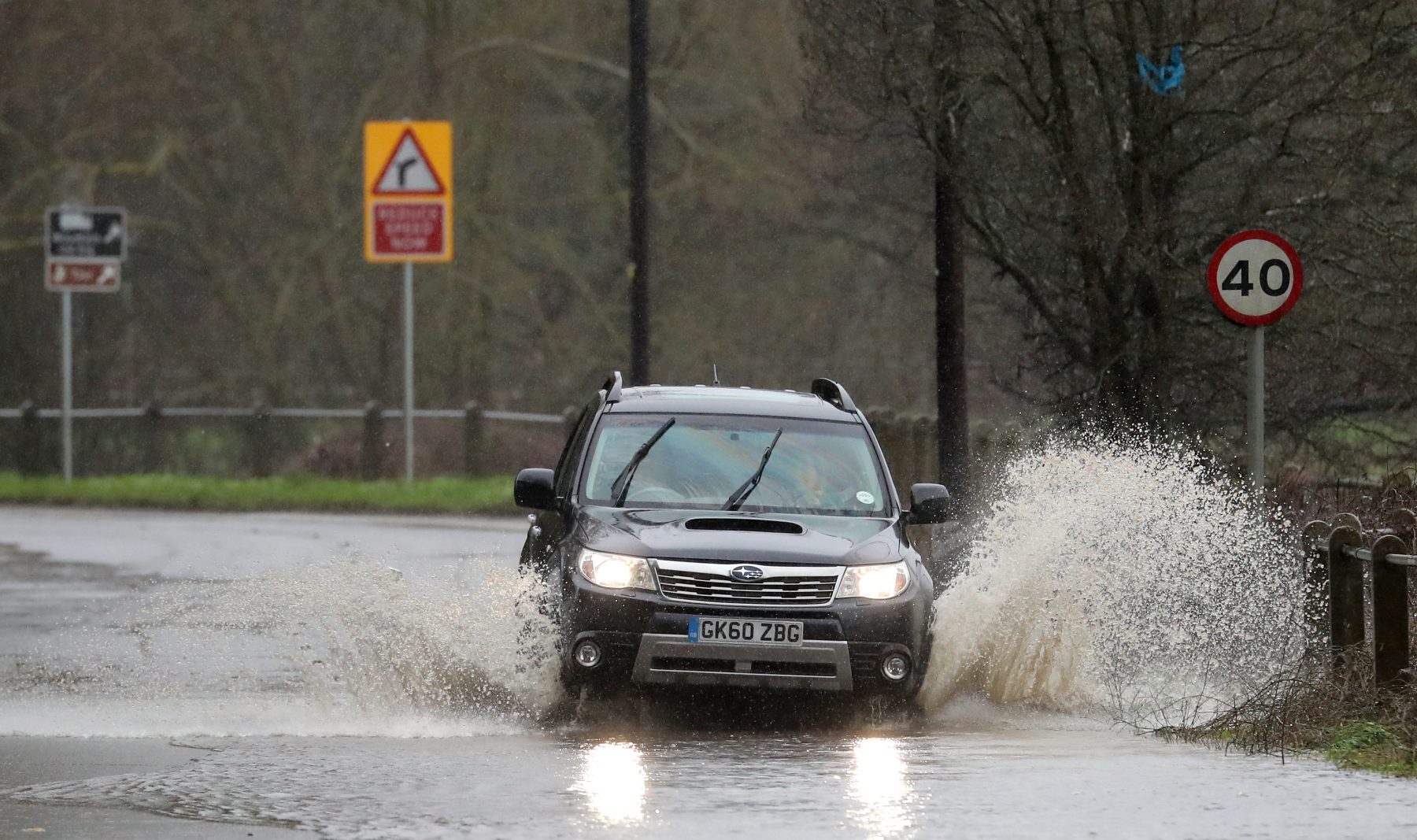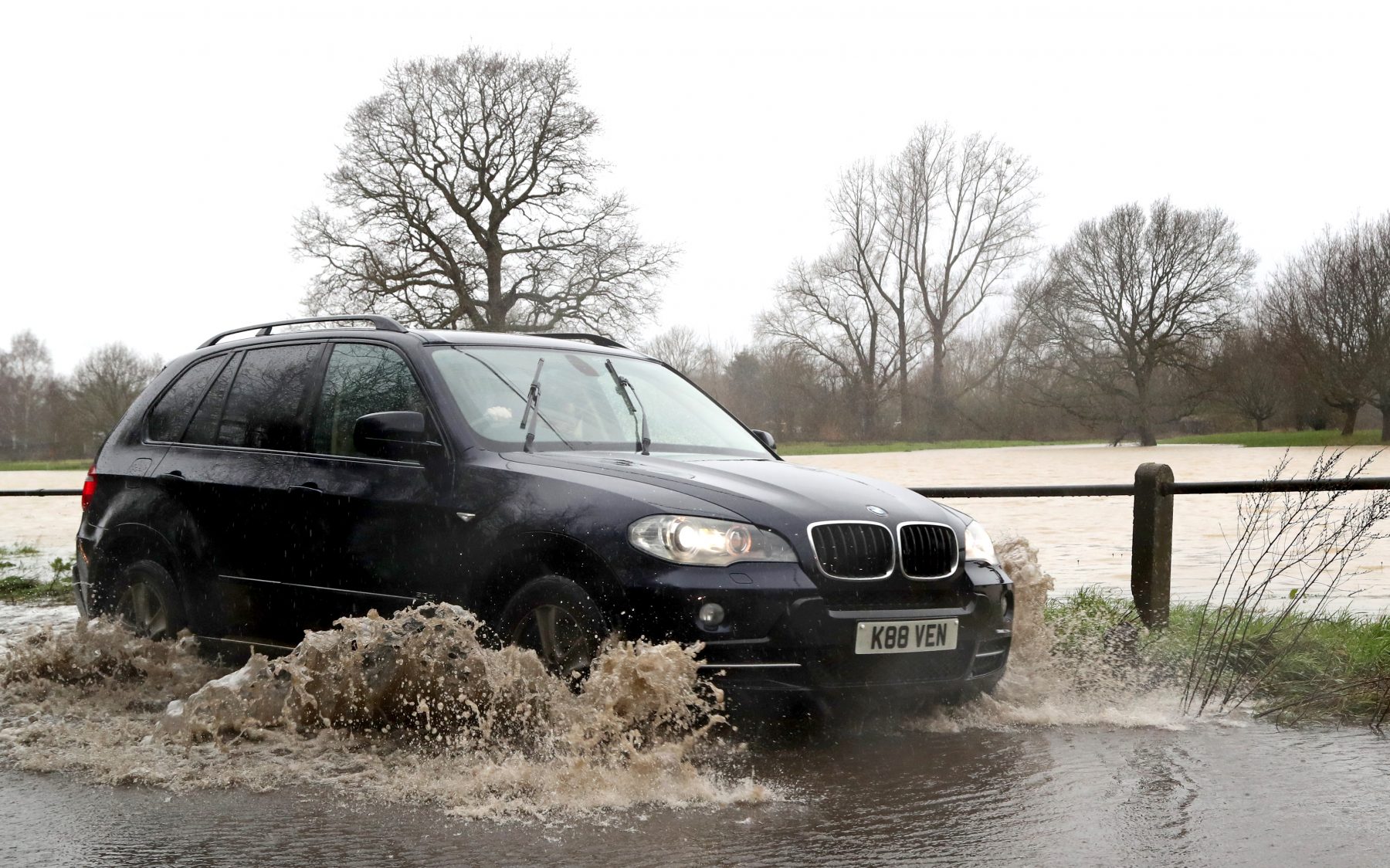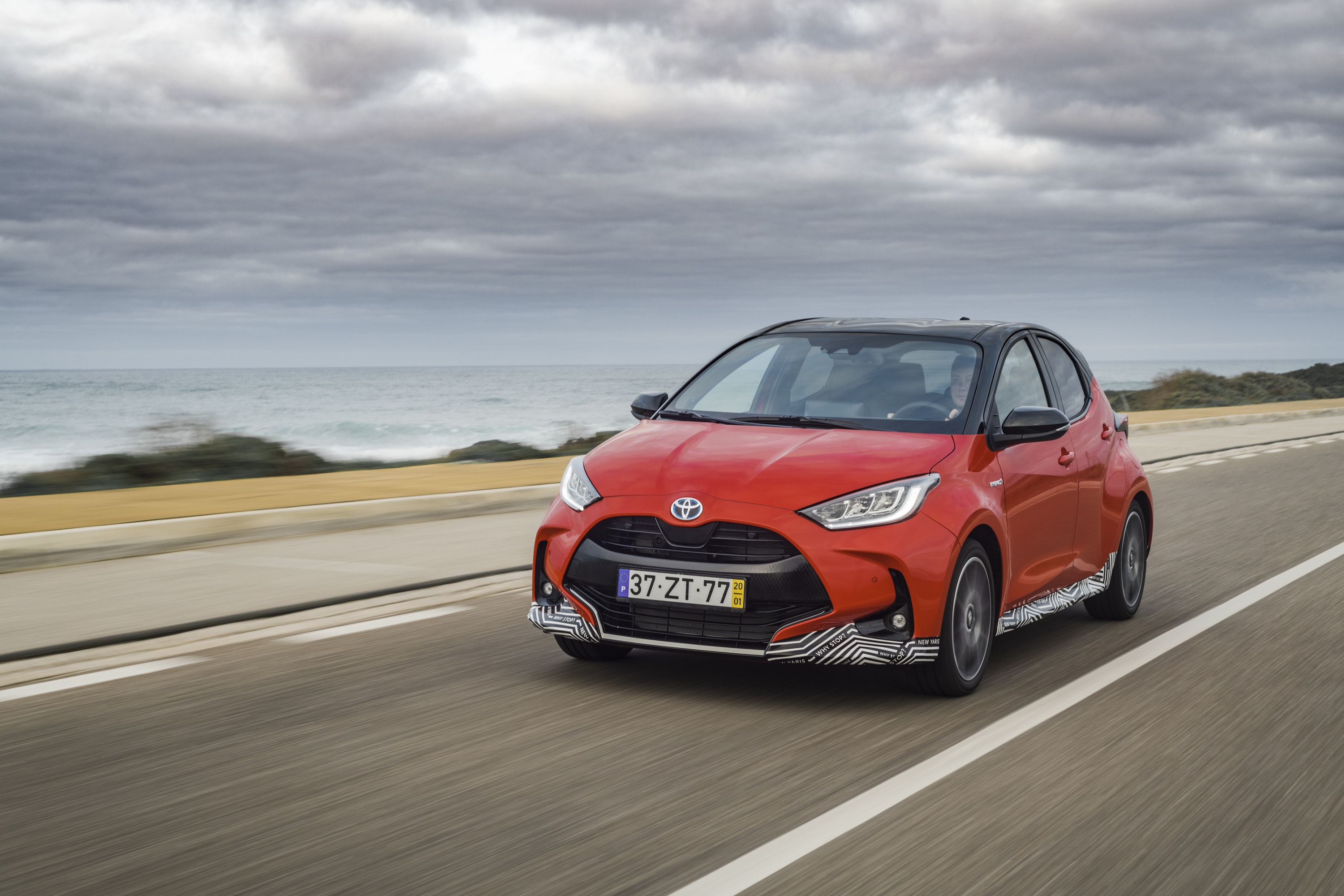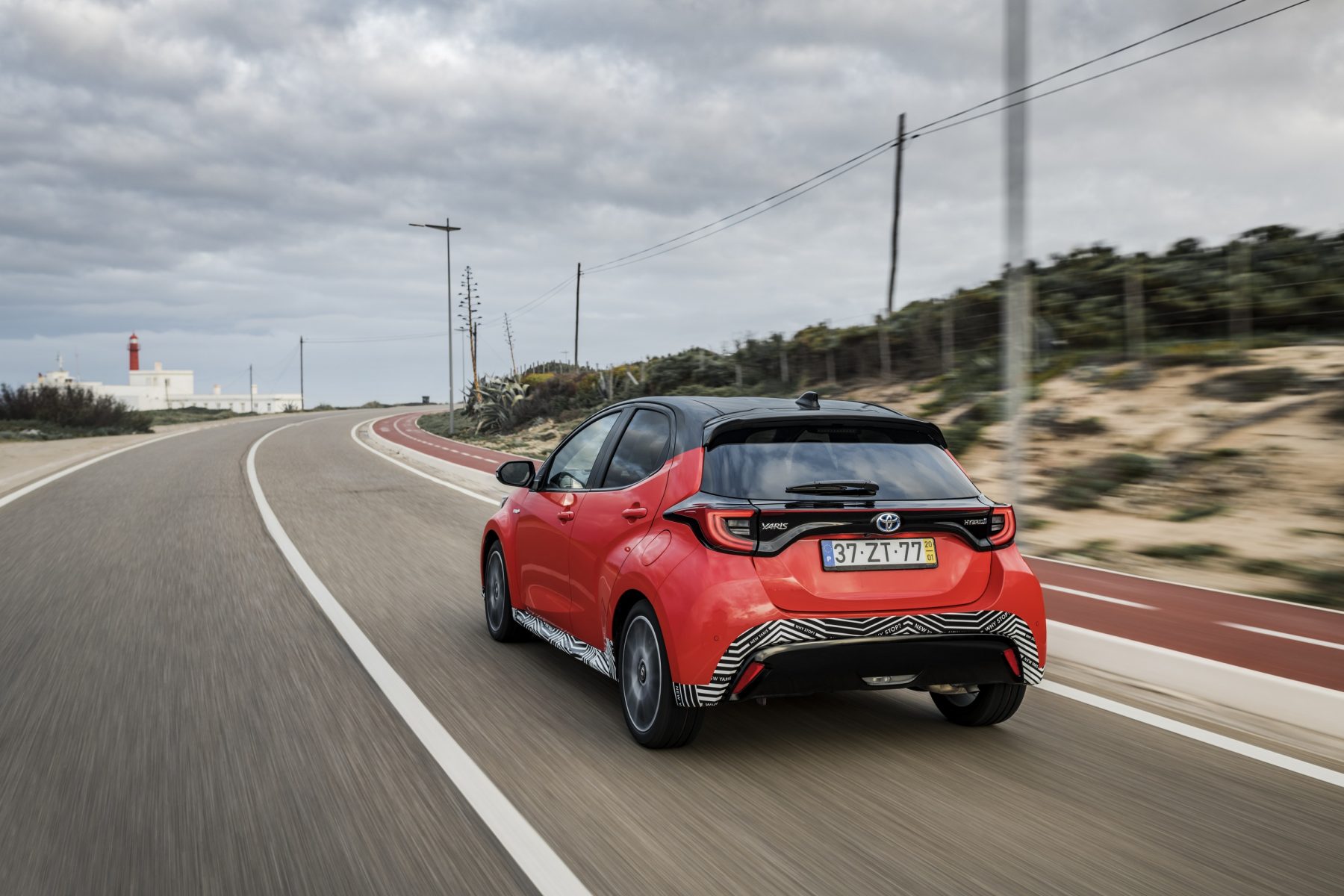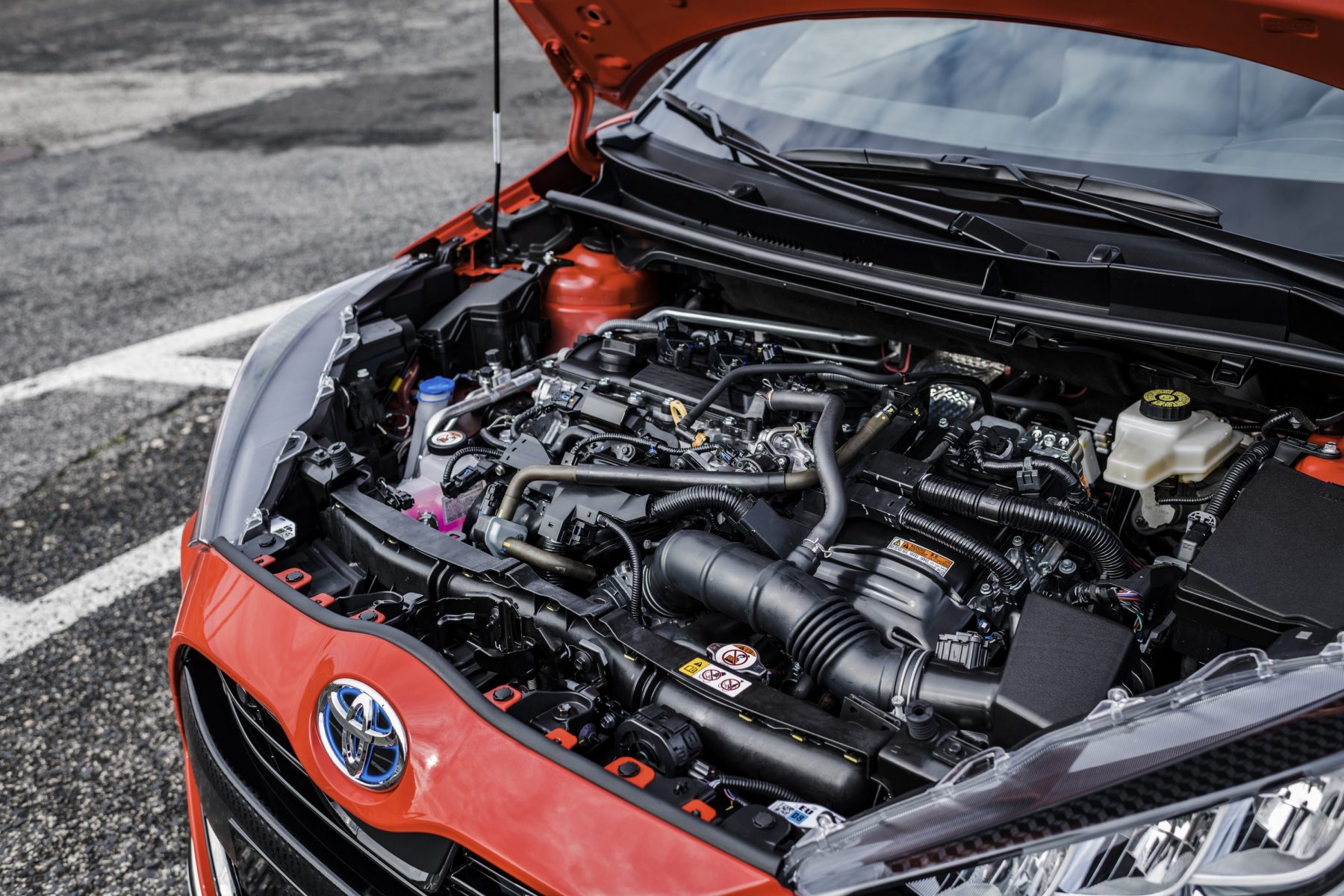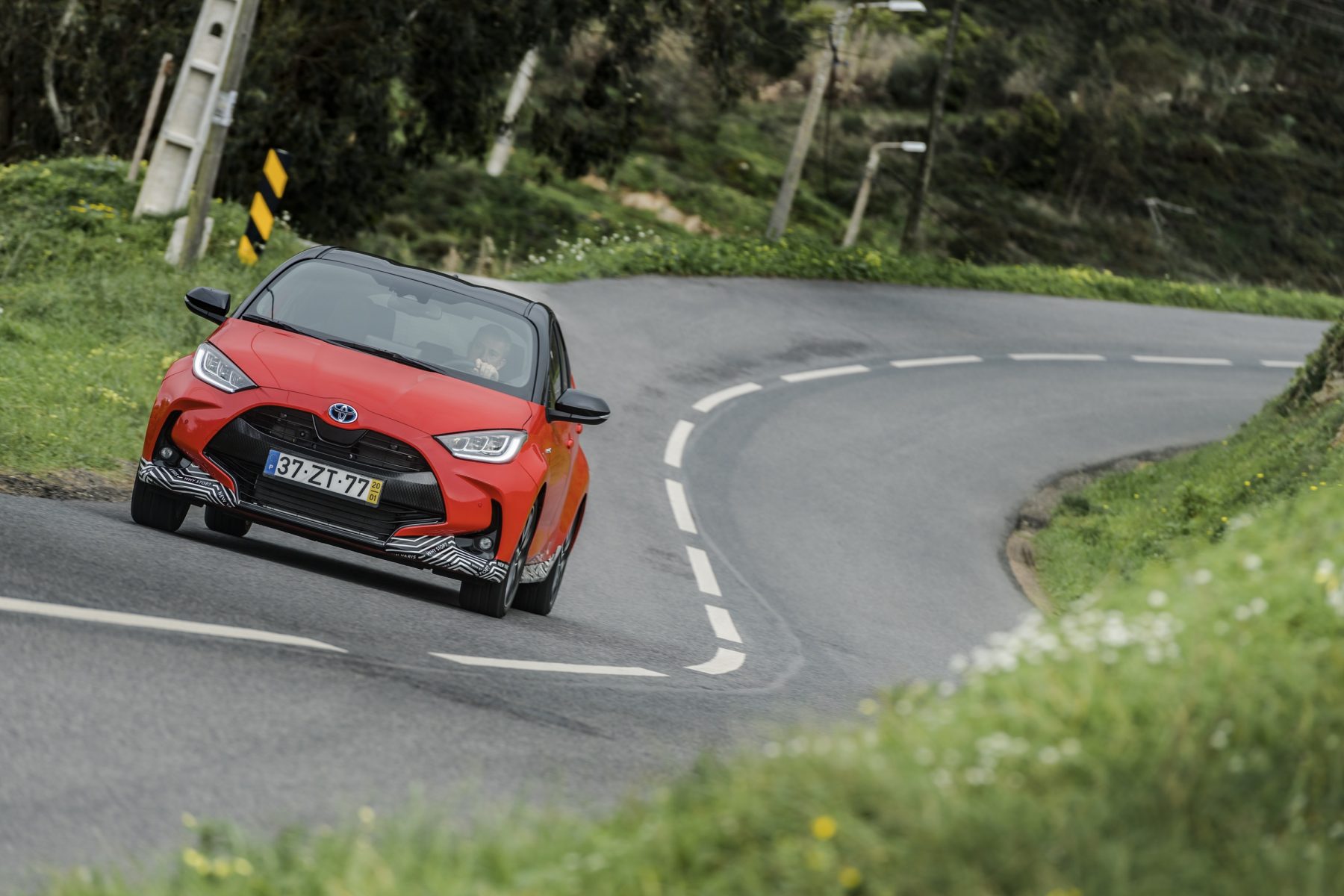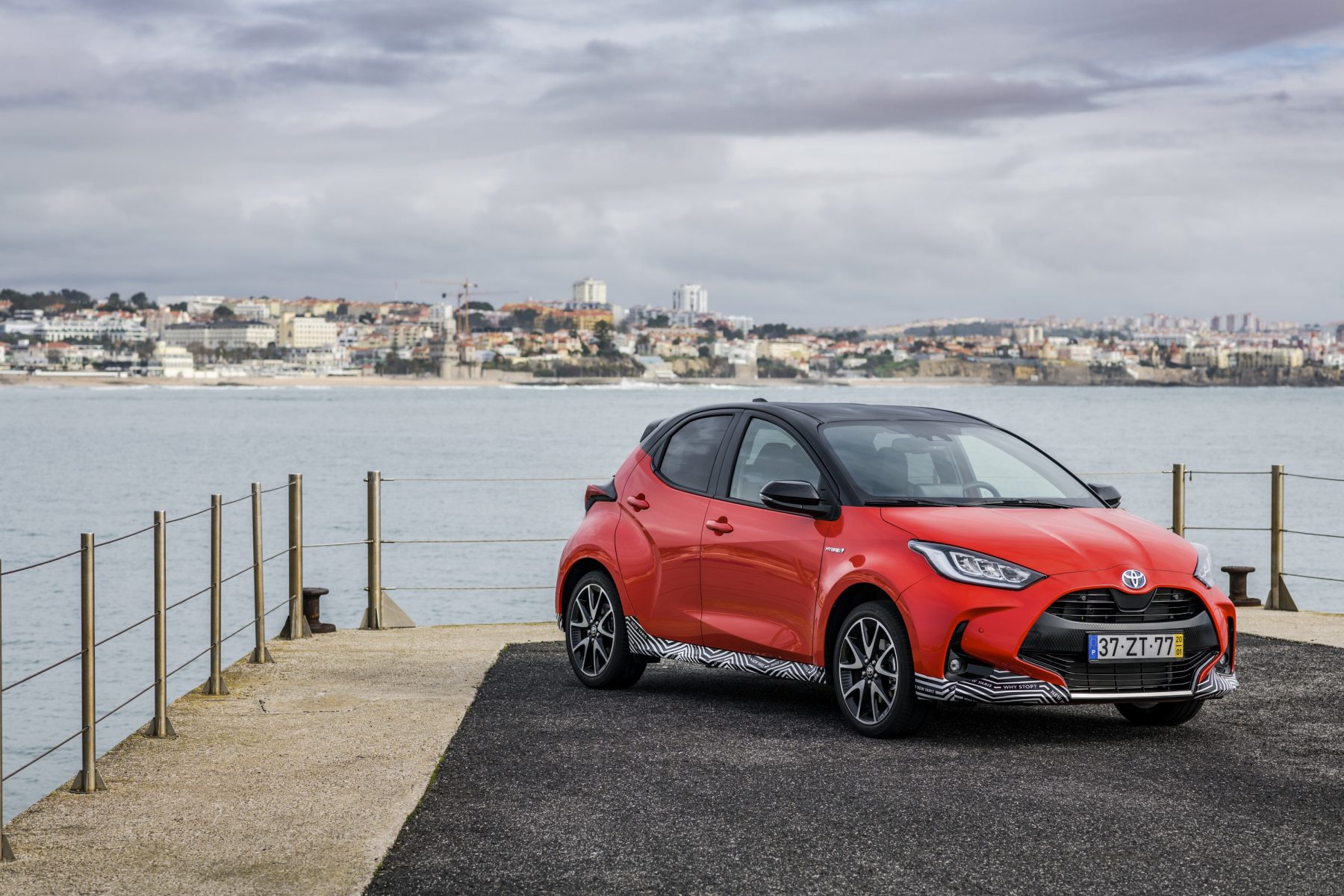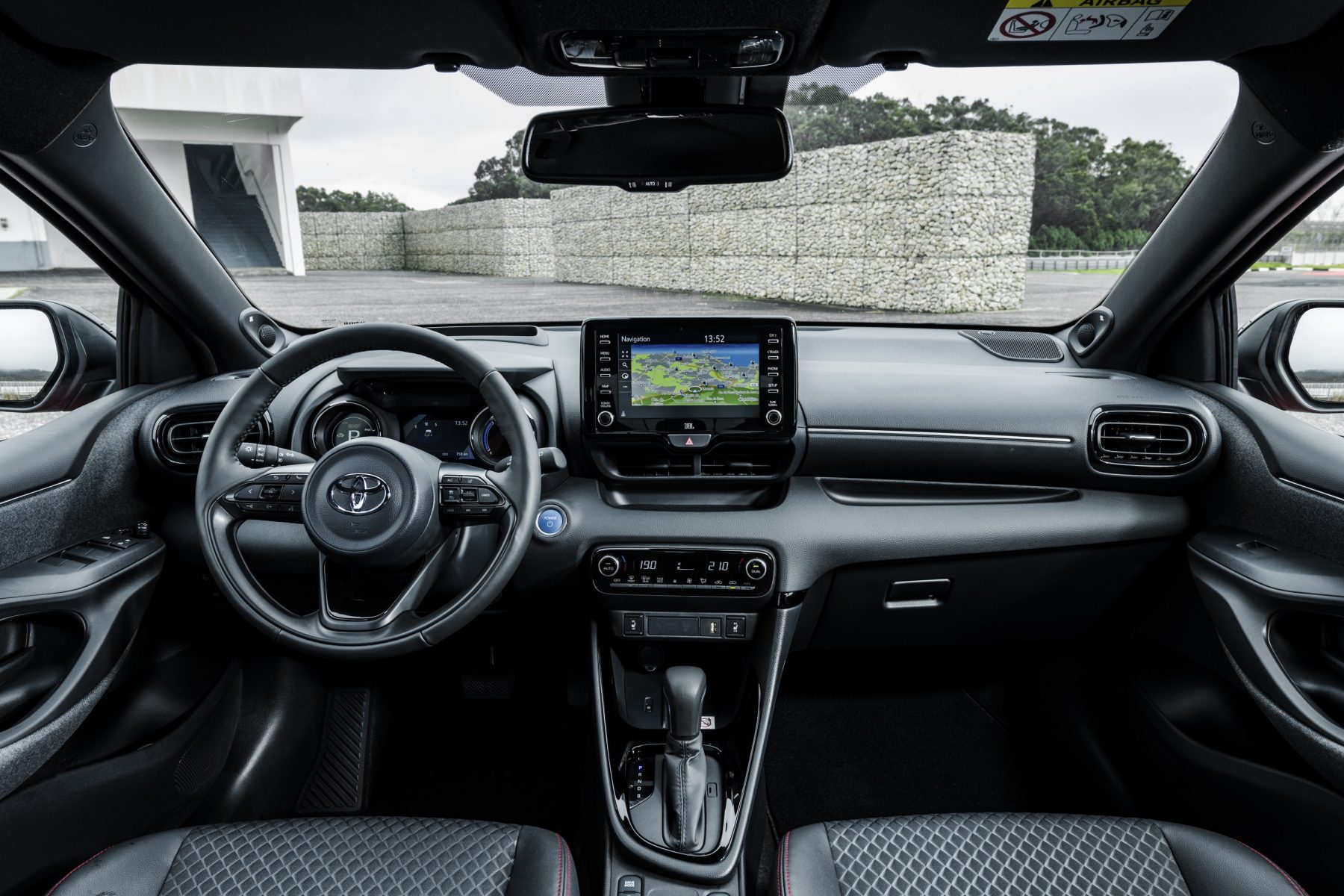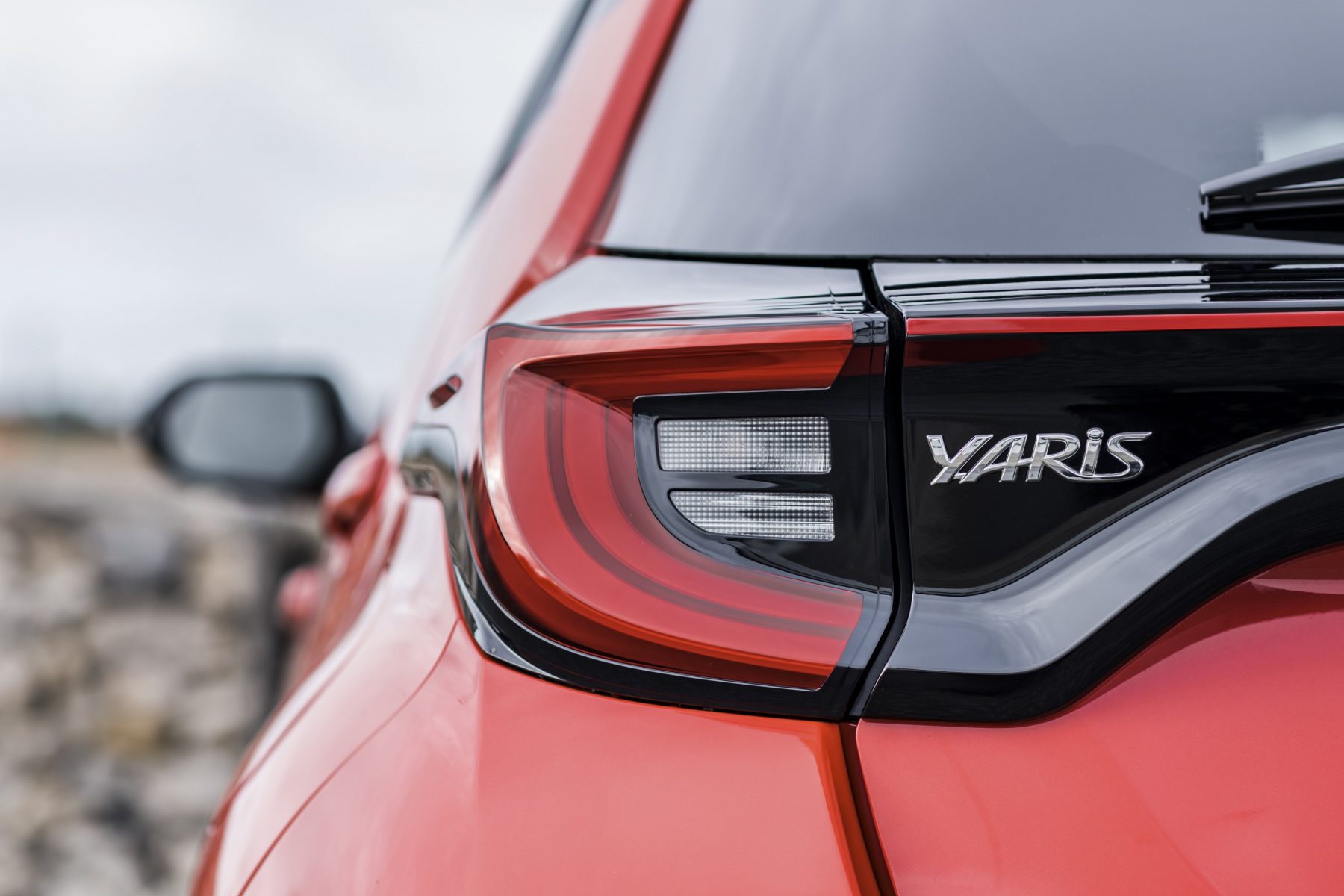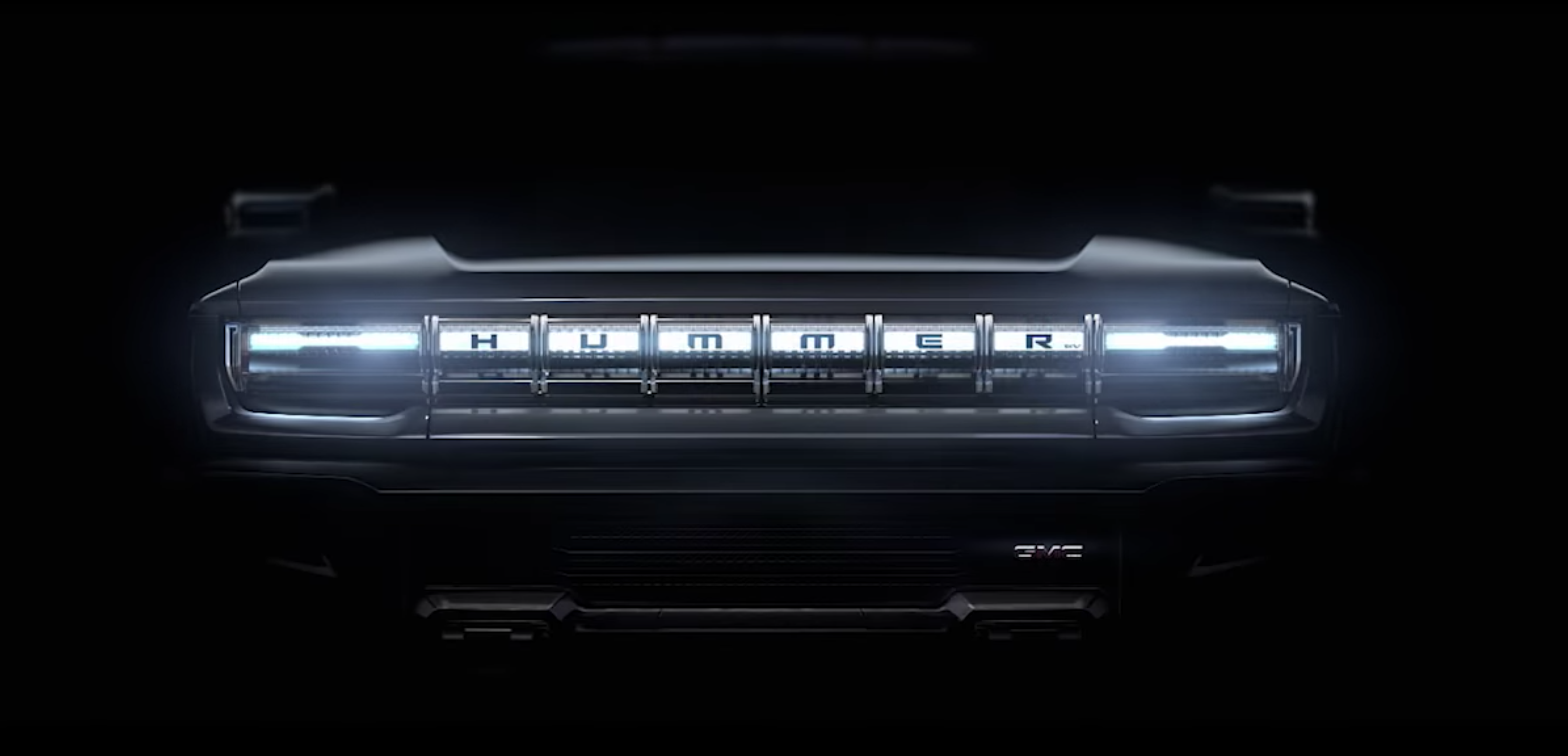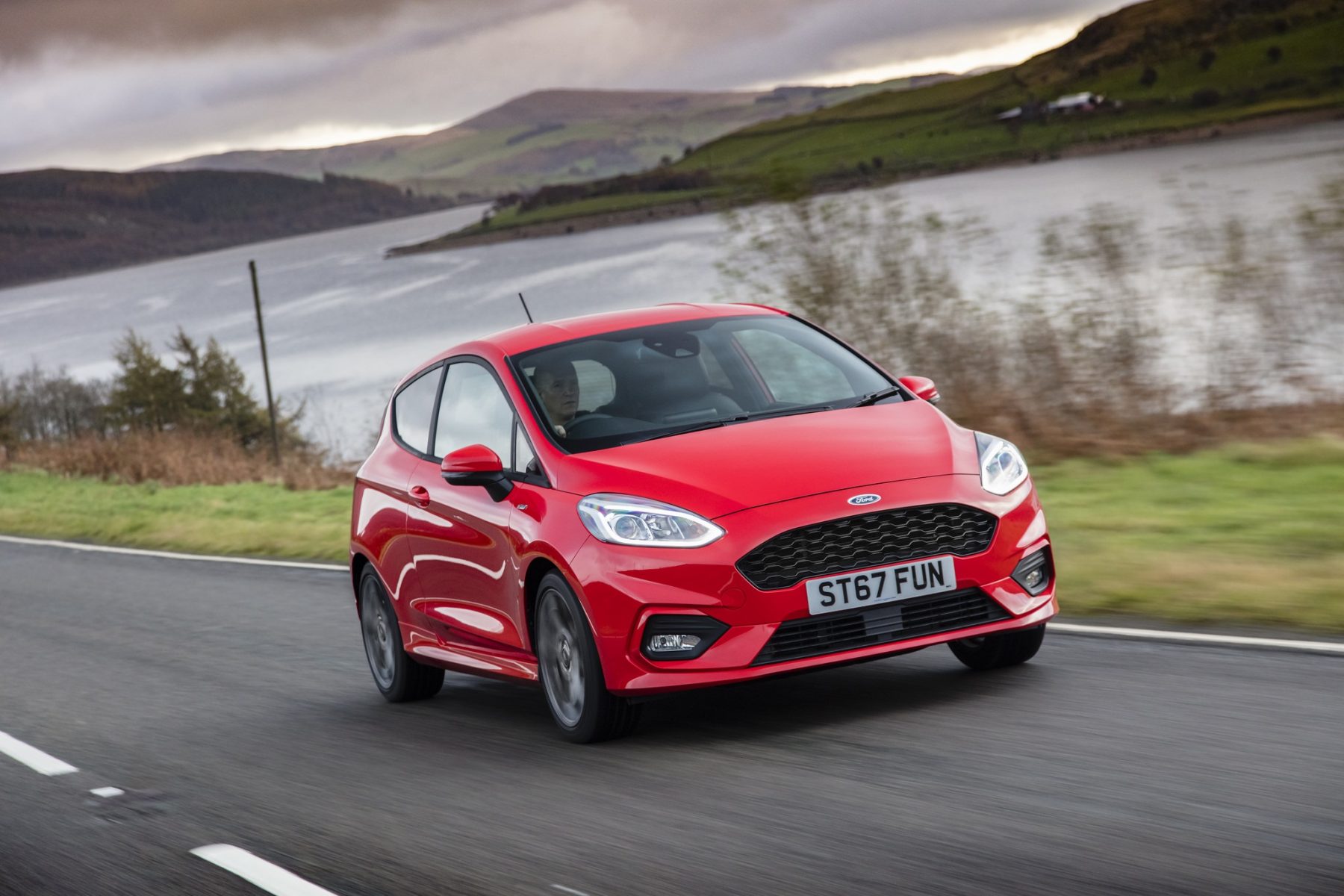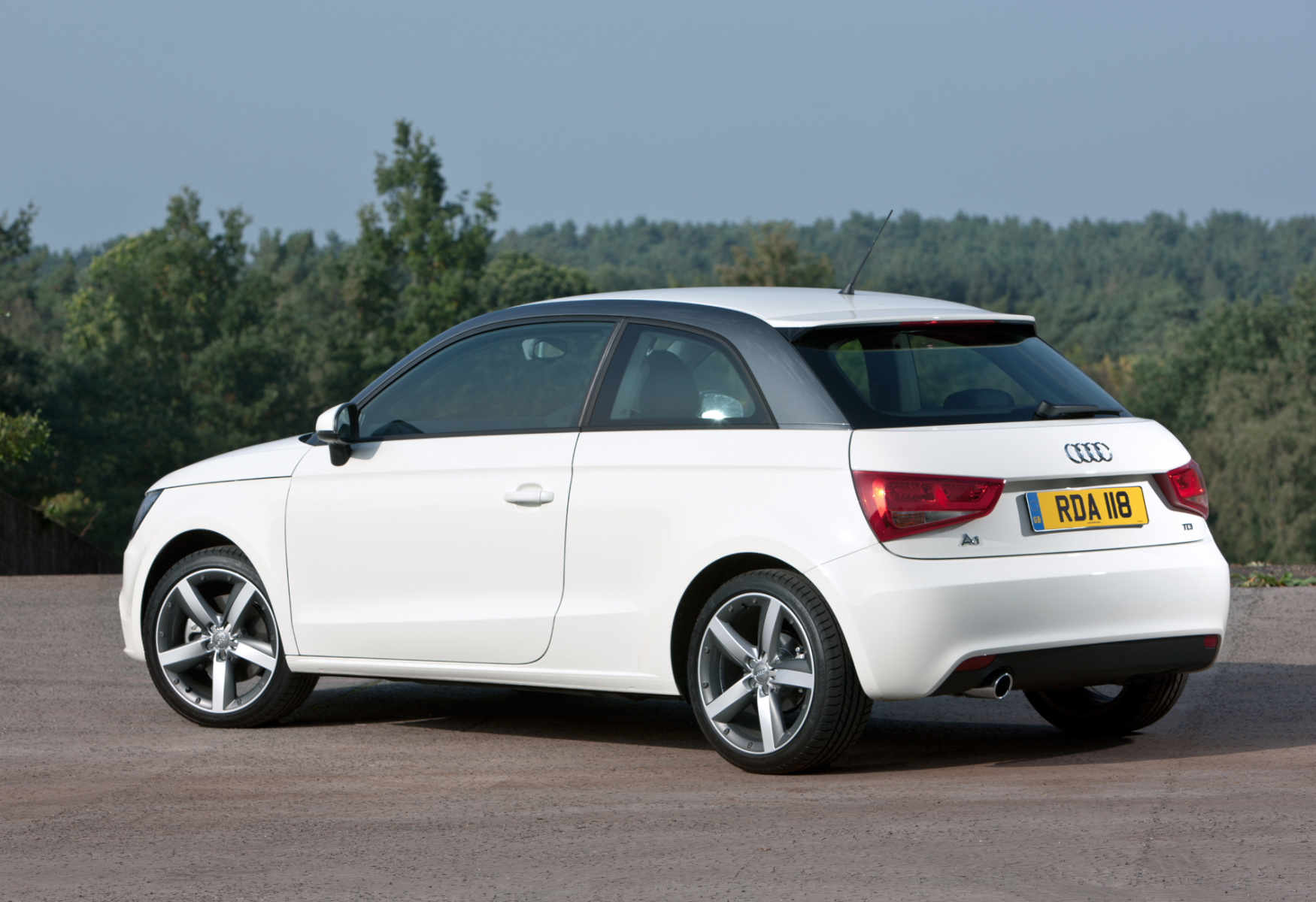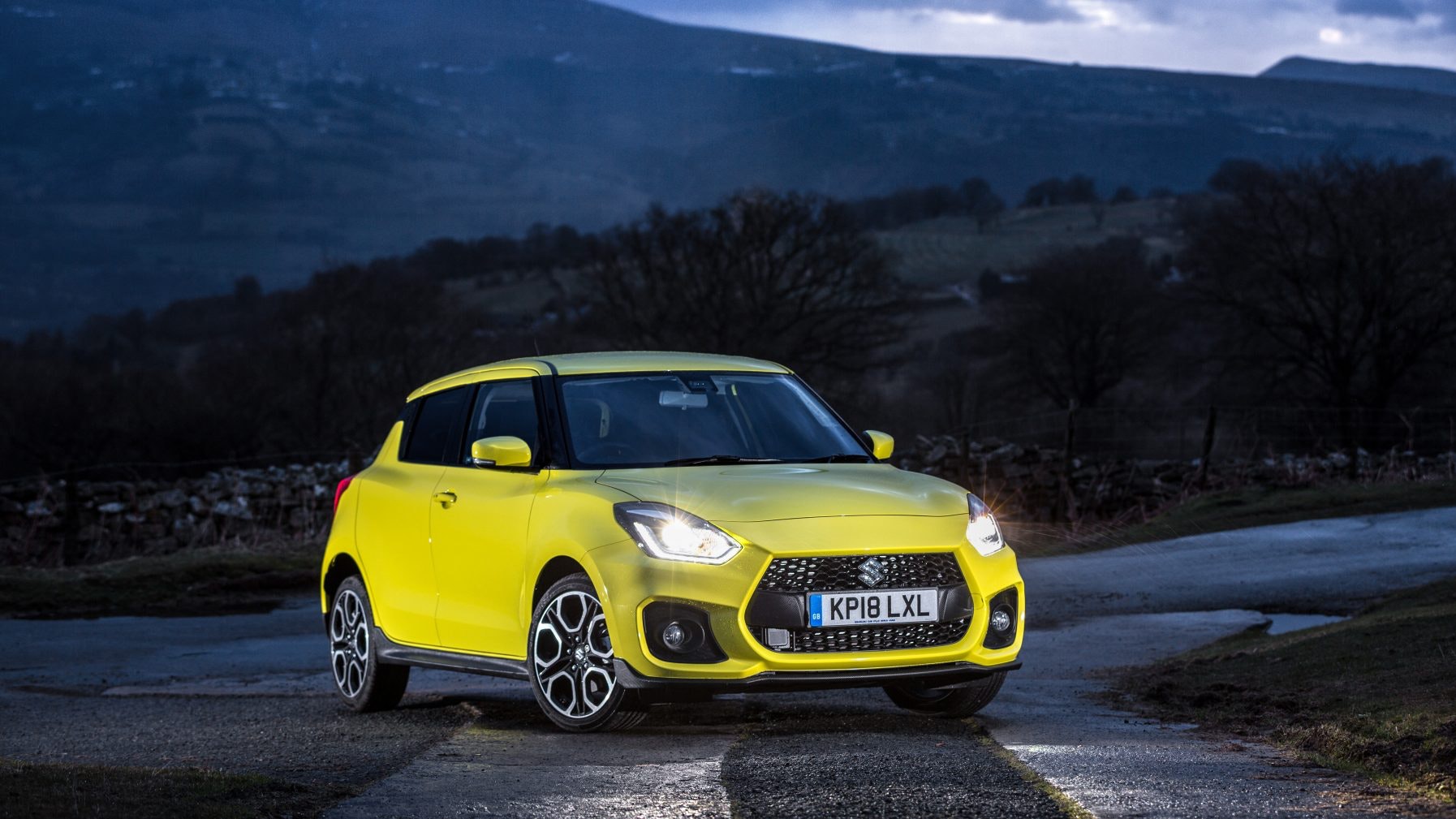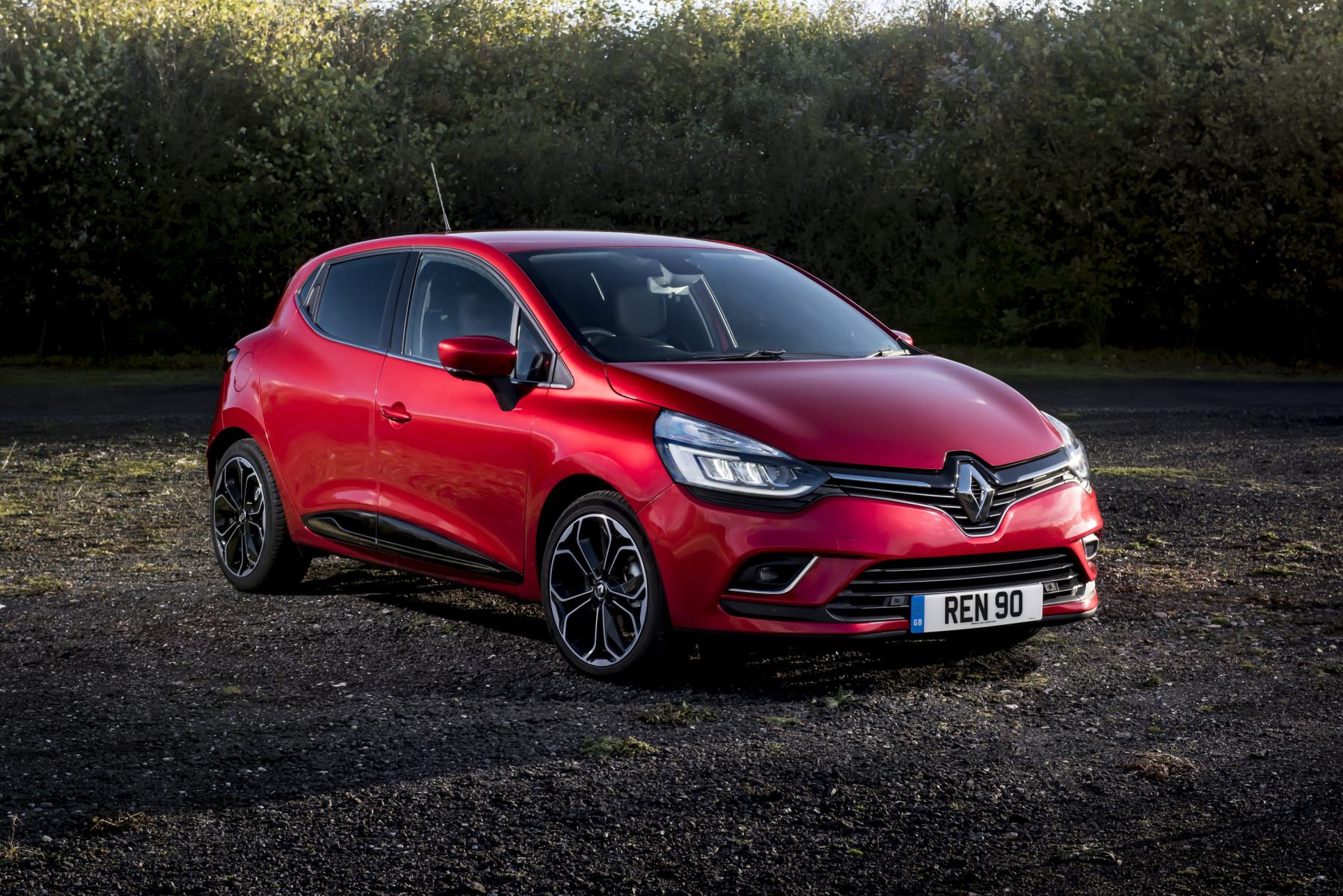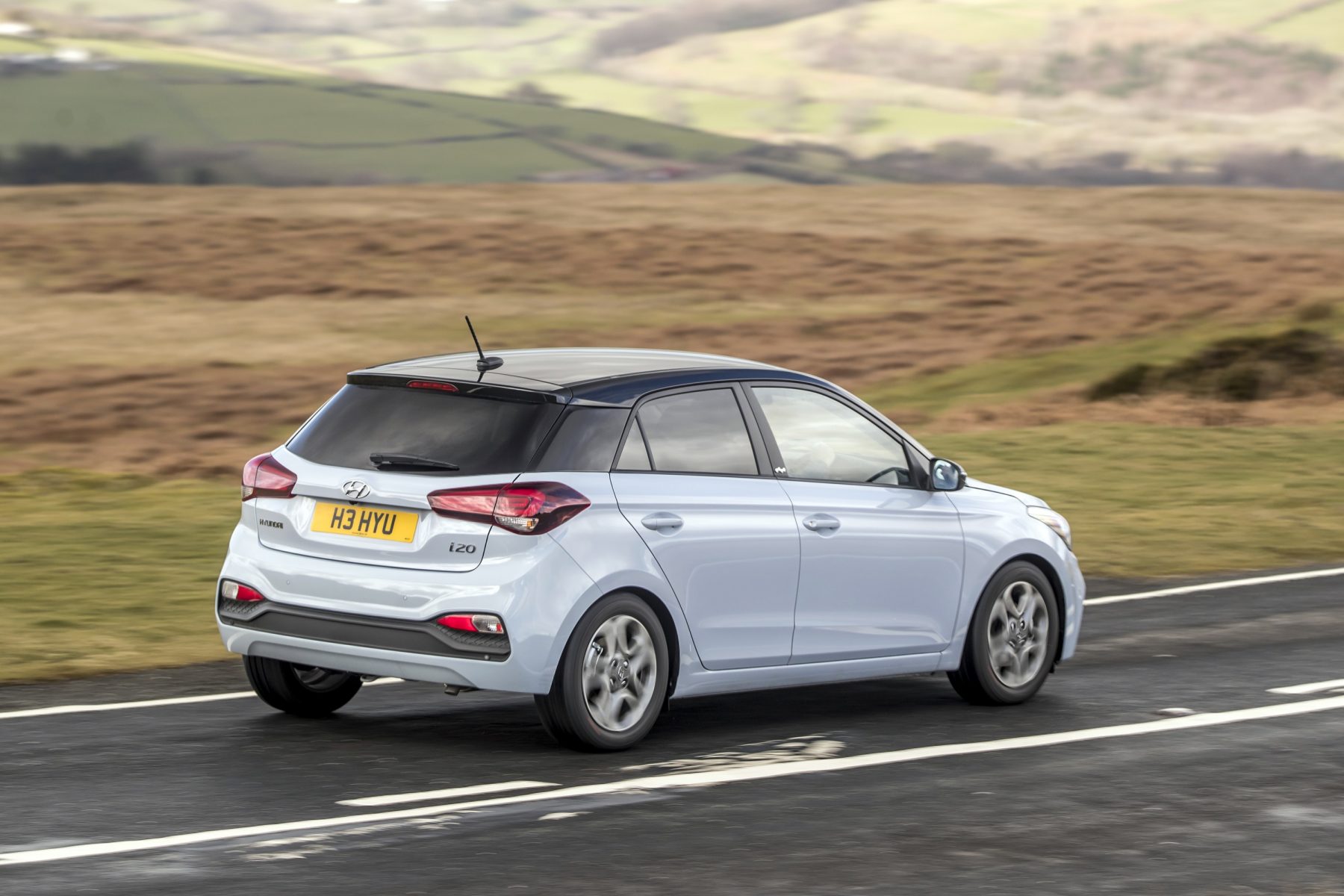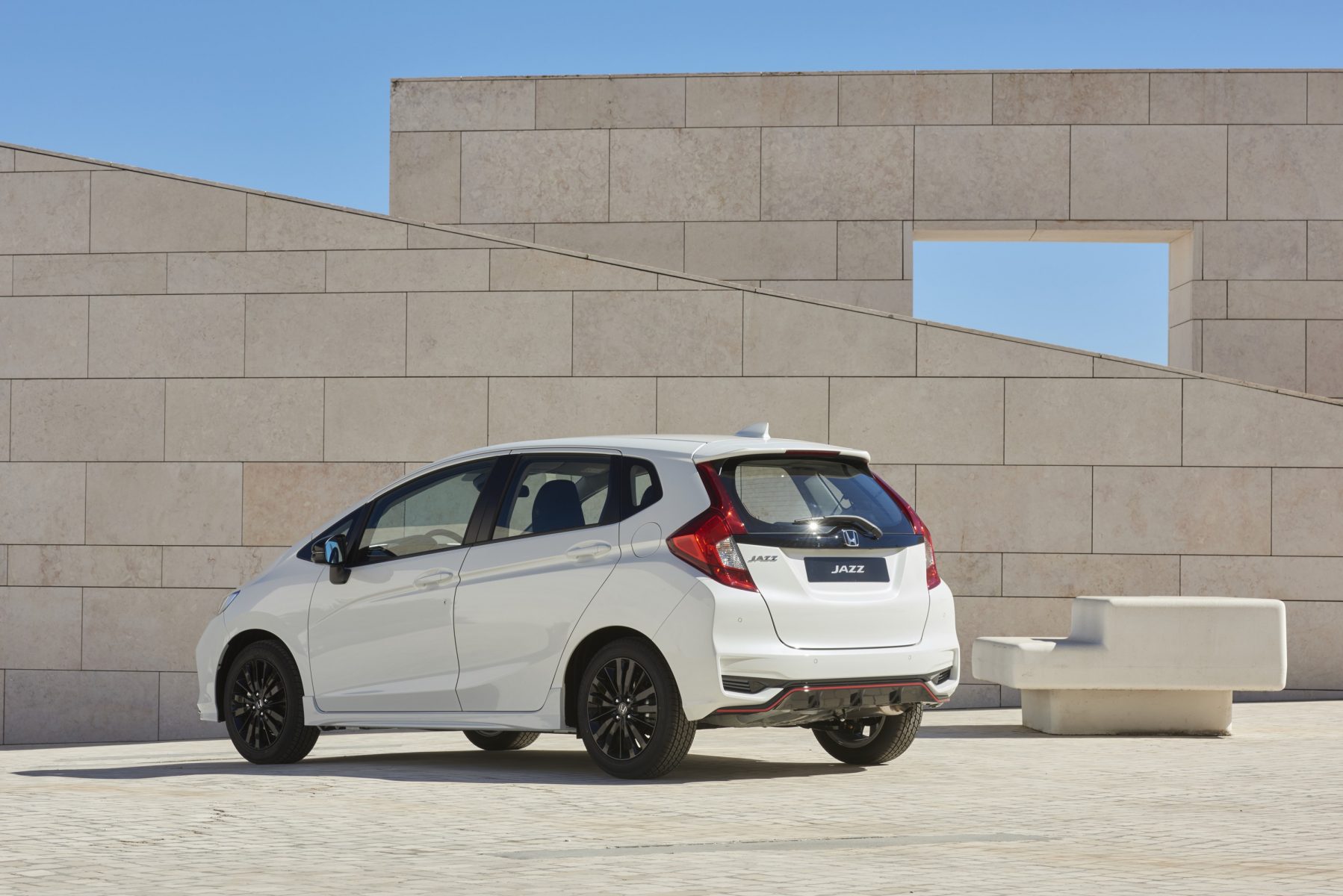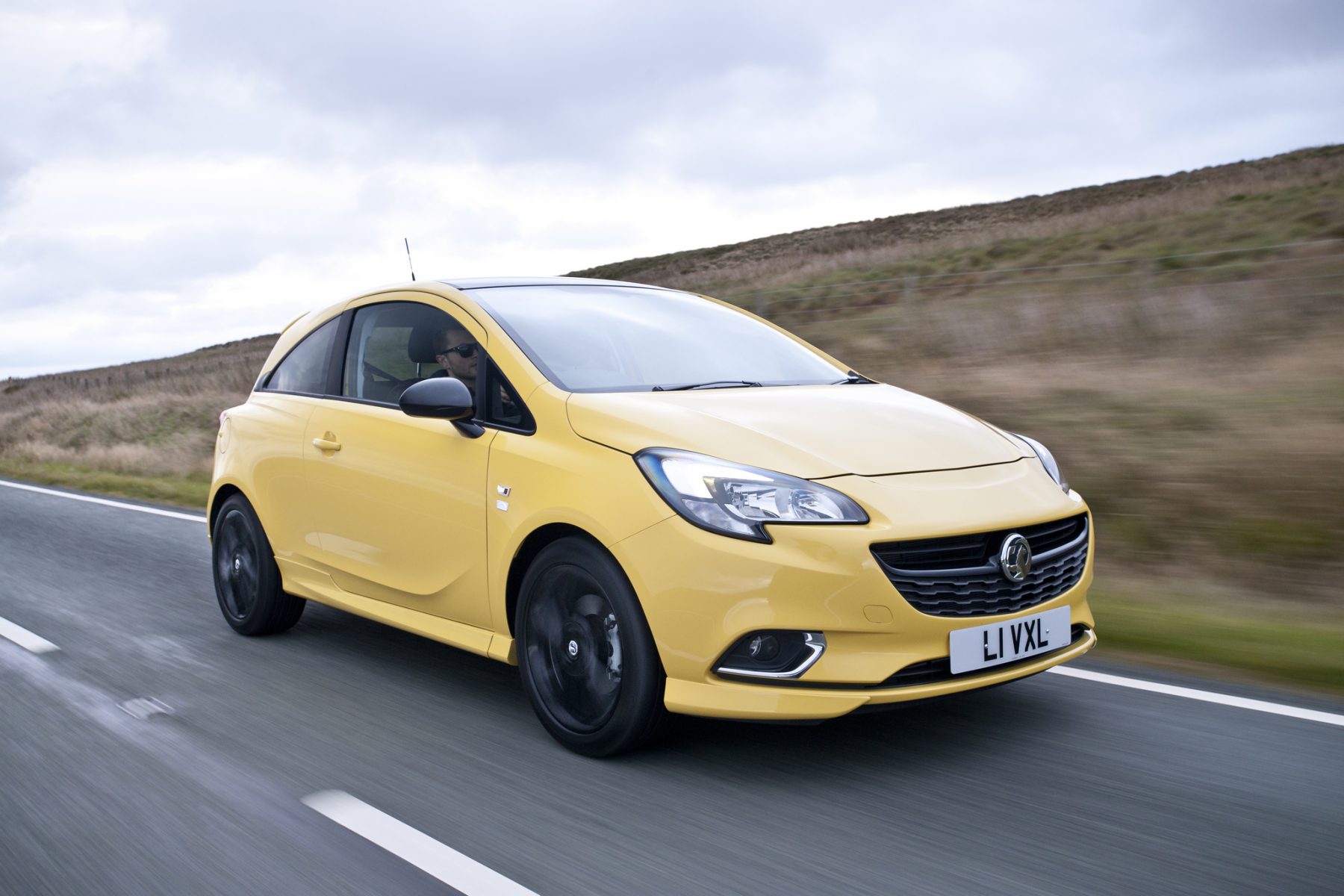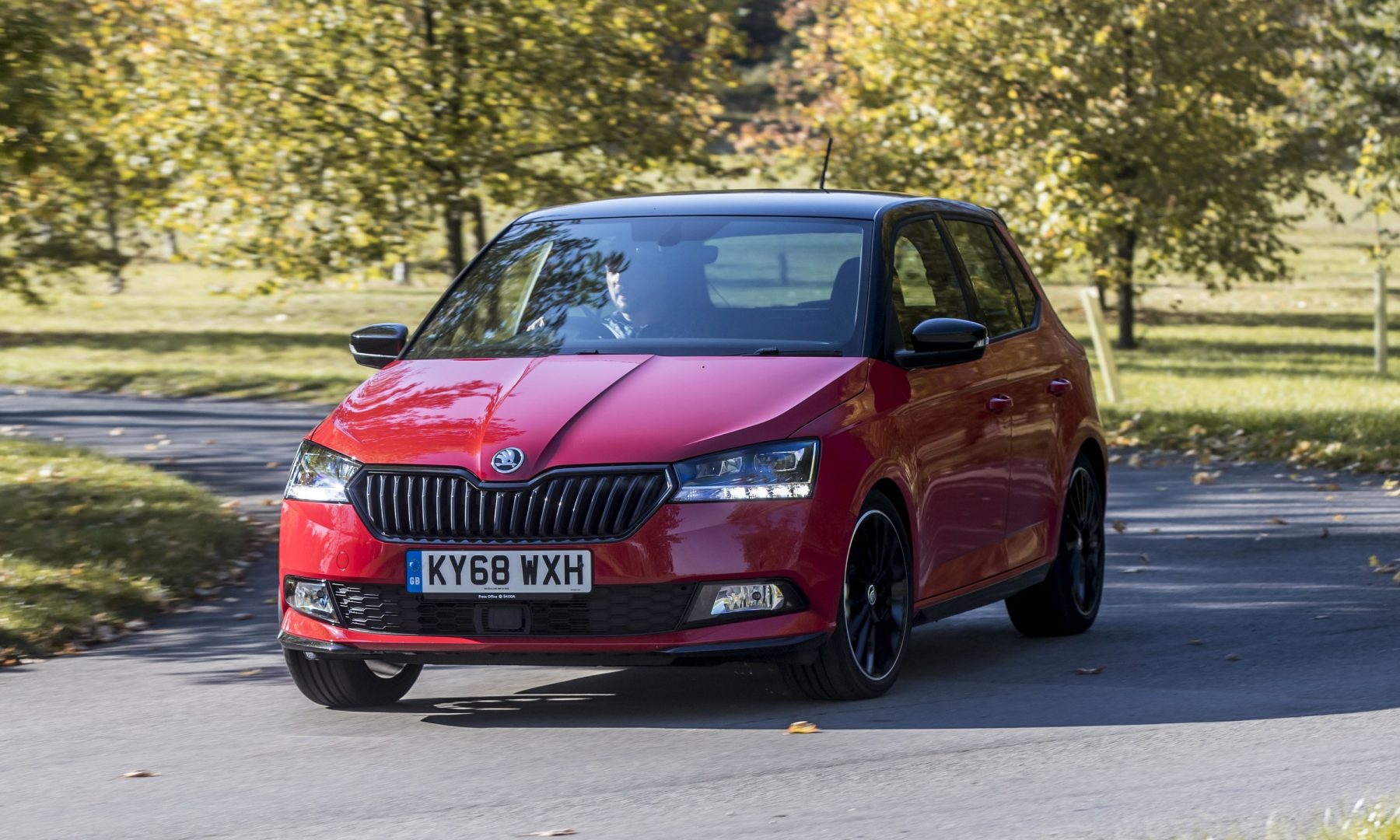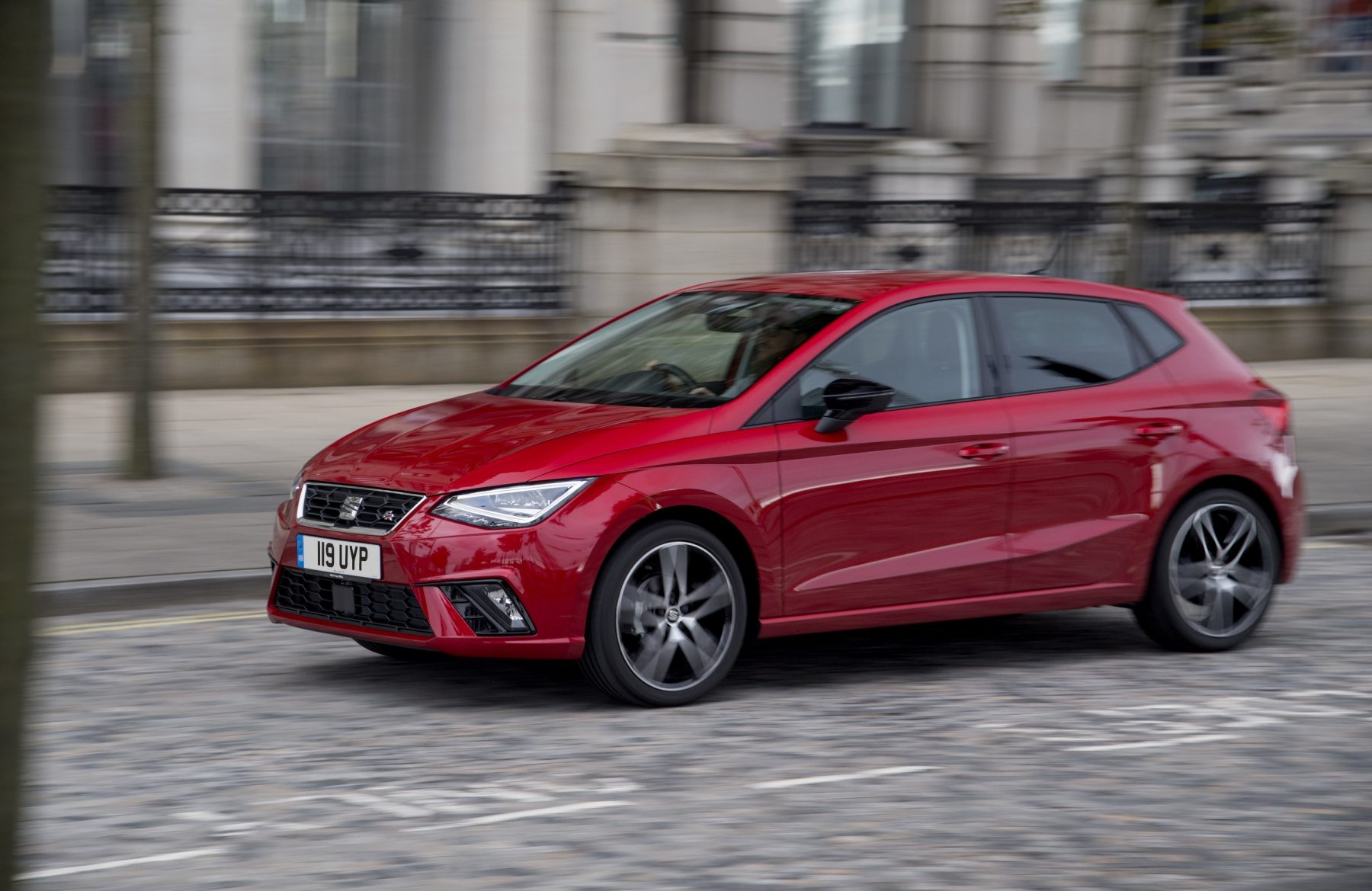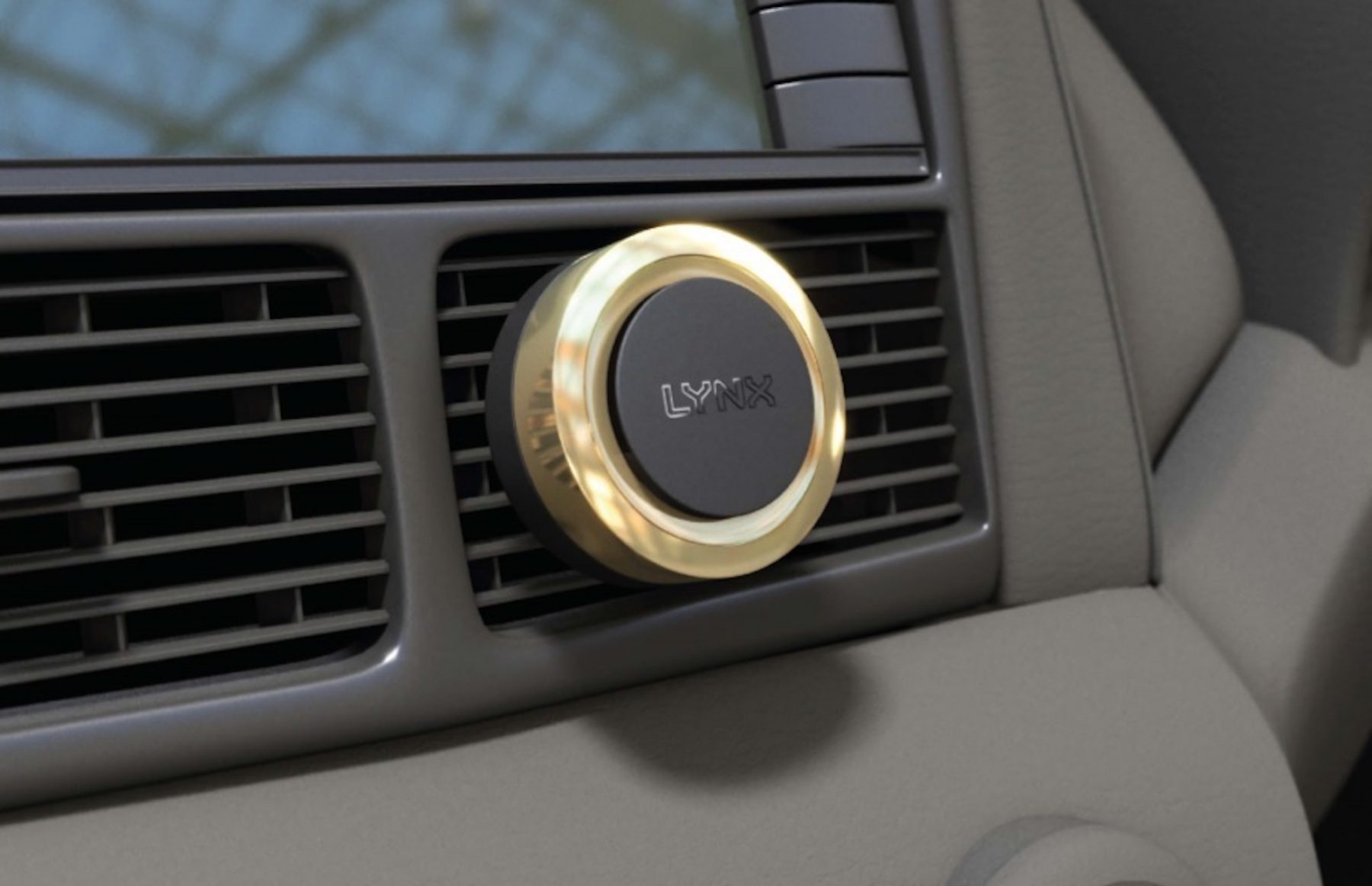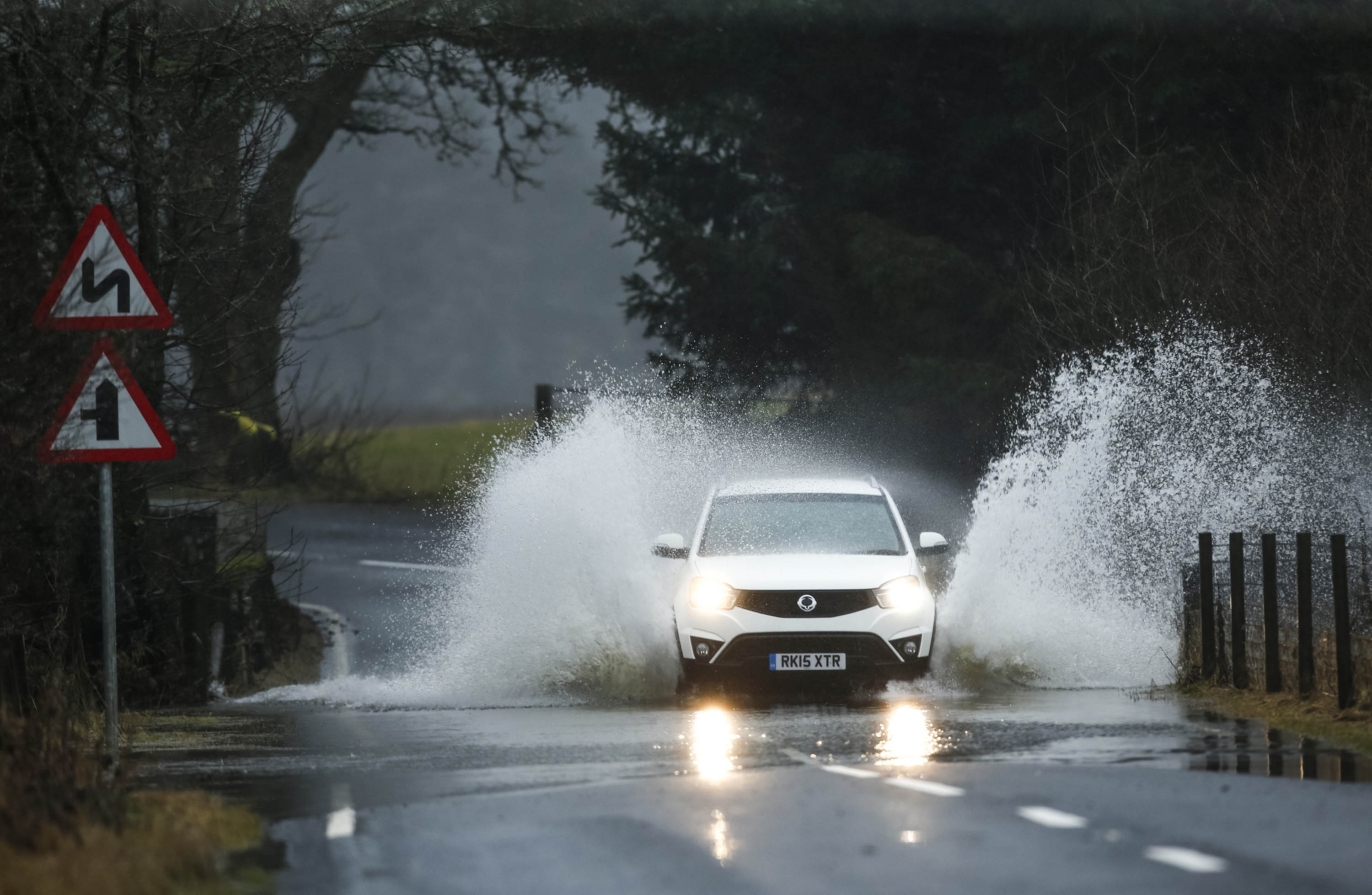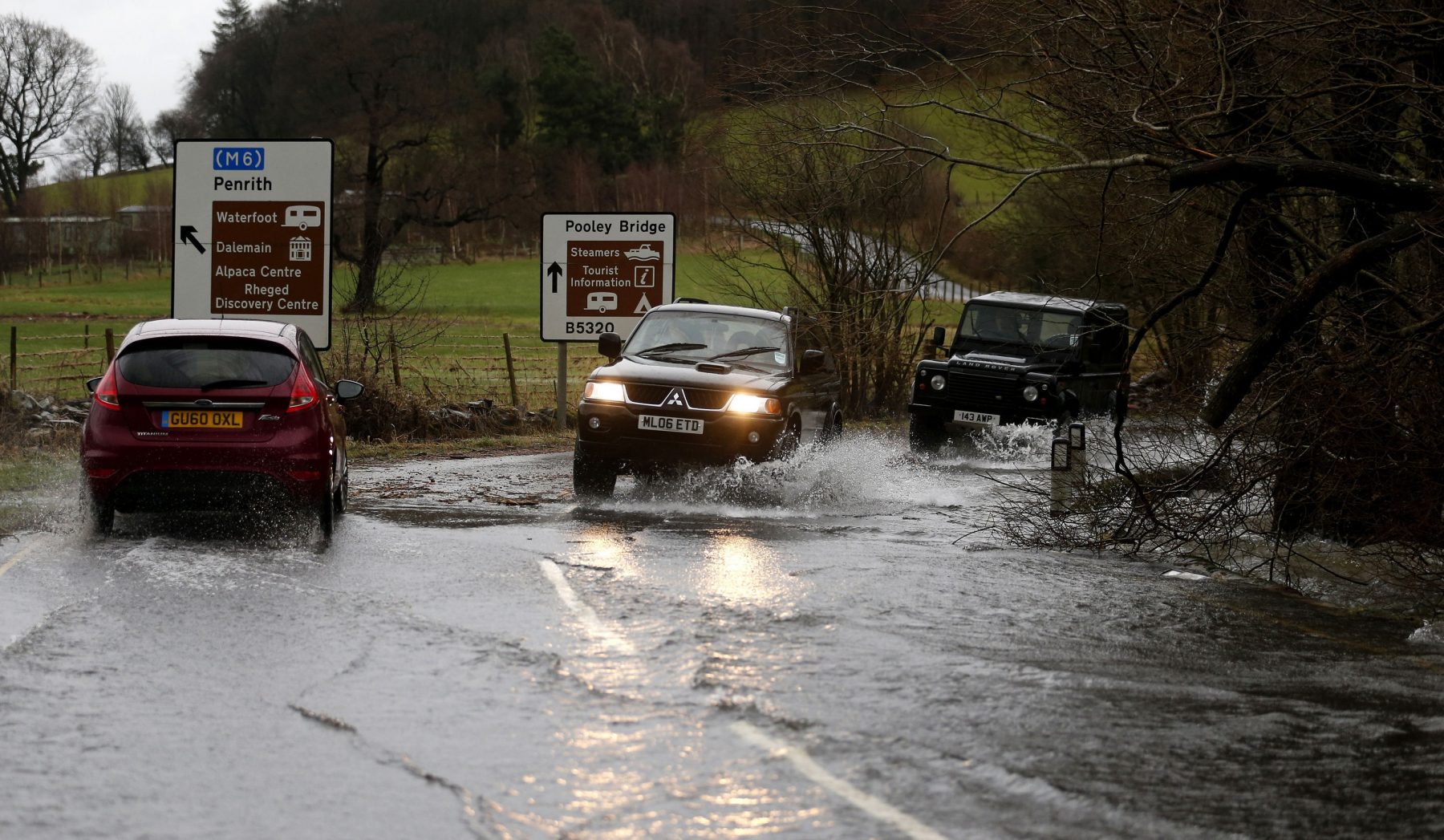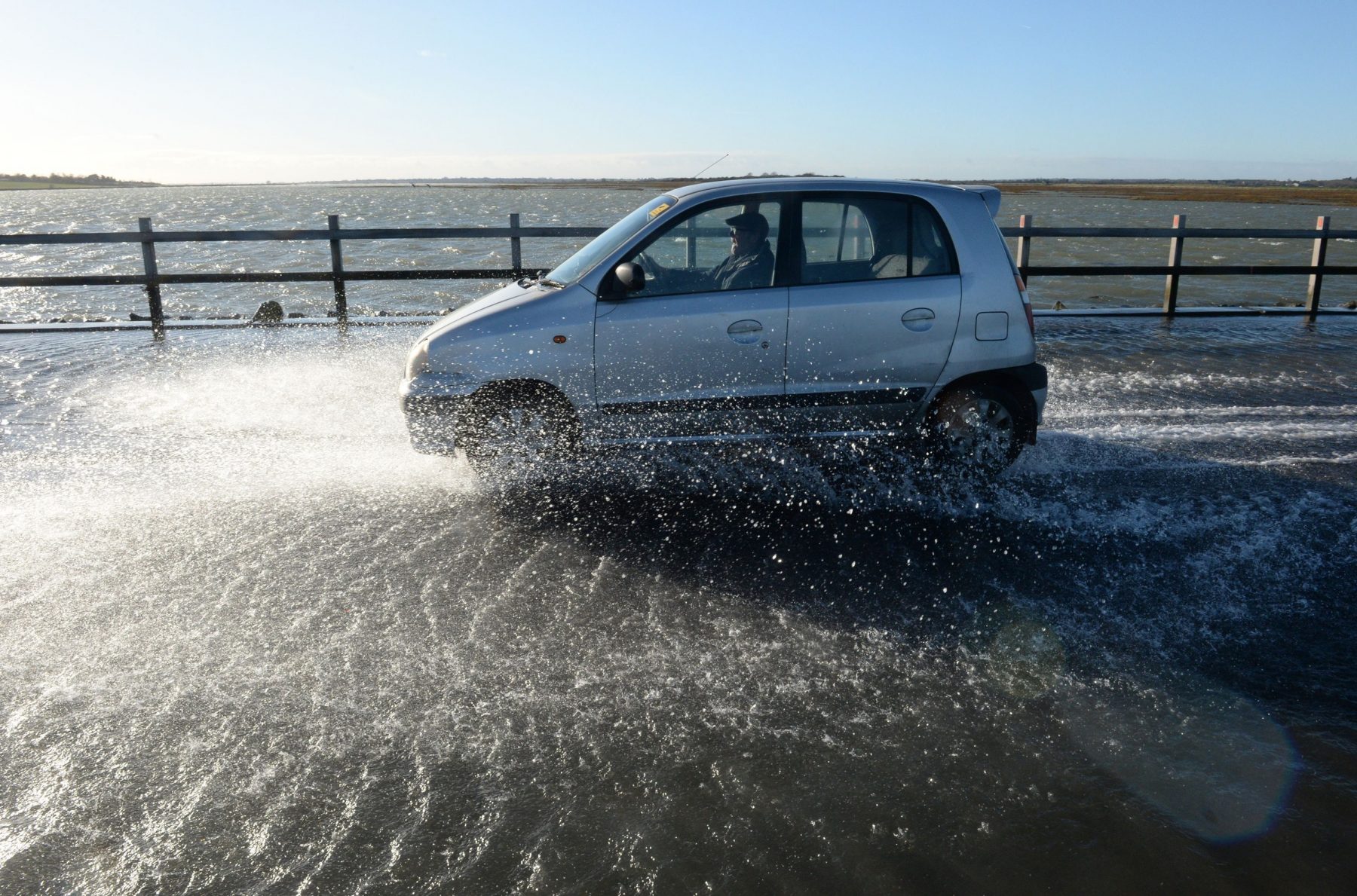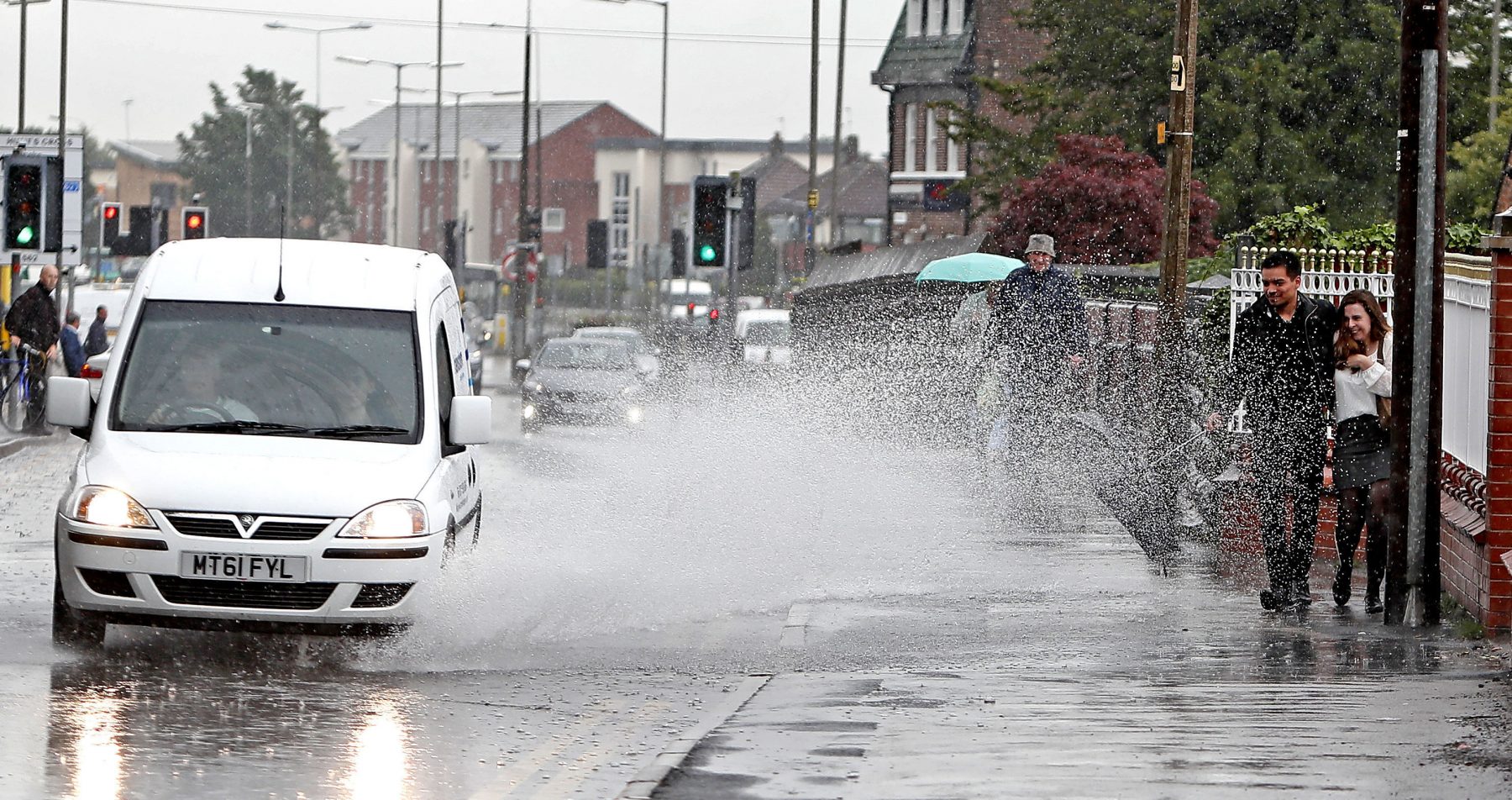With the Government issuing advice for people to minimise the number of times they leave the house amidst the Covid-19 outbreak, especially for those with symptoms, it can be a bit of a boring time to be a petrolhead.
Those used to spending their spare time heading out in their car for mindless drives or going to motorsport events may suddenly find themselves with little to do in self-isolation. Fortunately, there are plenty of ways to get your car kicks while stuck in the house, so we’ve picked out a few of our favourites.
Build an R/C car
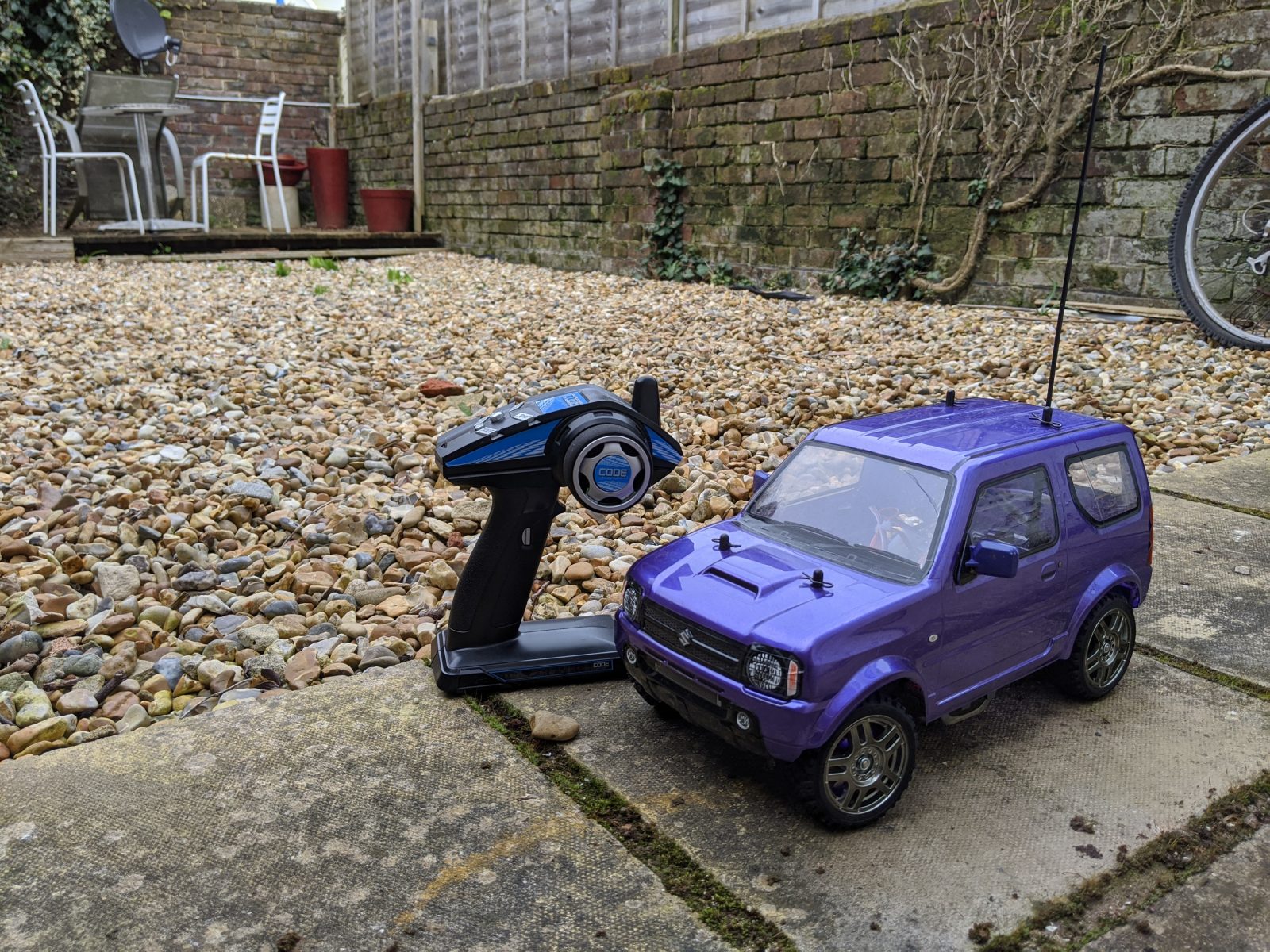
Being at home on your own presents itself as a perfect time to take up an all-consuming hobby, and radio-controlled car building is just one of those.
Though a lot of the fun with an R/C car is simply tearing up fields and gardens with them, which is when off-the-shelf ones can be a strong option, there’s nothing quite like making your own. Kits from the likes of Tamiya, HPi and Traxxas make for compelling options and are a great way to satisfyingly pass a lot of time. Just be prepared to spend quite a chunk of cash.
Take up sim racing

For a petrolhead, there are few things more enjoyable than the simple act of driving. Of course, that’s not an option if you’re in self-isolation and you’ll have to look elsewhere for your fix.
Sim racing can offer just that. If you own an Xbox or Playstation, Forza Motorsport and Gran Turismo Sport provide an accessible way into virtual racing. Those looking to get a little more serious may want to invest in a full steering wheel and cockpit setup, which is perfect for more hardcore PC simulators like Assetto Corsa, rFactor and iRacing.
Read a Haynes manual to bolster mechanical knowledge

A refreshing way to pass some time is the good old method of picking up a book, and a Haynes manual is always a treat for a petrolhead.
Whether it’s to learn how to fix your own car or a family member’s, or simply tp bolster your knowledge on your dream machine, these detailed repair manuals can be therapeutic to just browse through. Perfect for the self-isolated, then.
In with the kids? Buy a Scalextric set

Self-isolation with kids in the house sounds like it will eventually drive you mad if you can’t keep them entertained, and that’s why we’re suggesting the classic Scalextric set.
Its popularity may have fallen by the wayside in the digital age, but there’s still a satisfying element to winning out on the slot car track. It’s also just a great way to share your love of cars with the little ones.
Binge video streaming sites

Let’s face it, in today’s world, most people just want to mindlessly binge TV while stuck at home and we’re no exceptions to this.
For petrolheads, there’s a great amount of content to watch. Netflix has just recently published the second series of ‘Drive To Survive’ which gives a great behind the scenes look at Formula One, while Amazon’s ‘The Grand Tour’ continues to be a big hitter for fans of Clarkson, Hammond and May. The BBC also has the latest ‘Top Gear’ episodes free on iPlayer, providing you have a TV licence.
That’s just to name a few, as well. There’s loads of motoring content to be found, so we’d recommend having a dive in.

